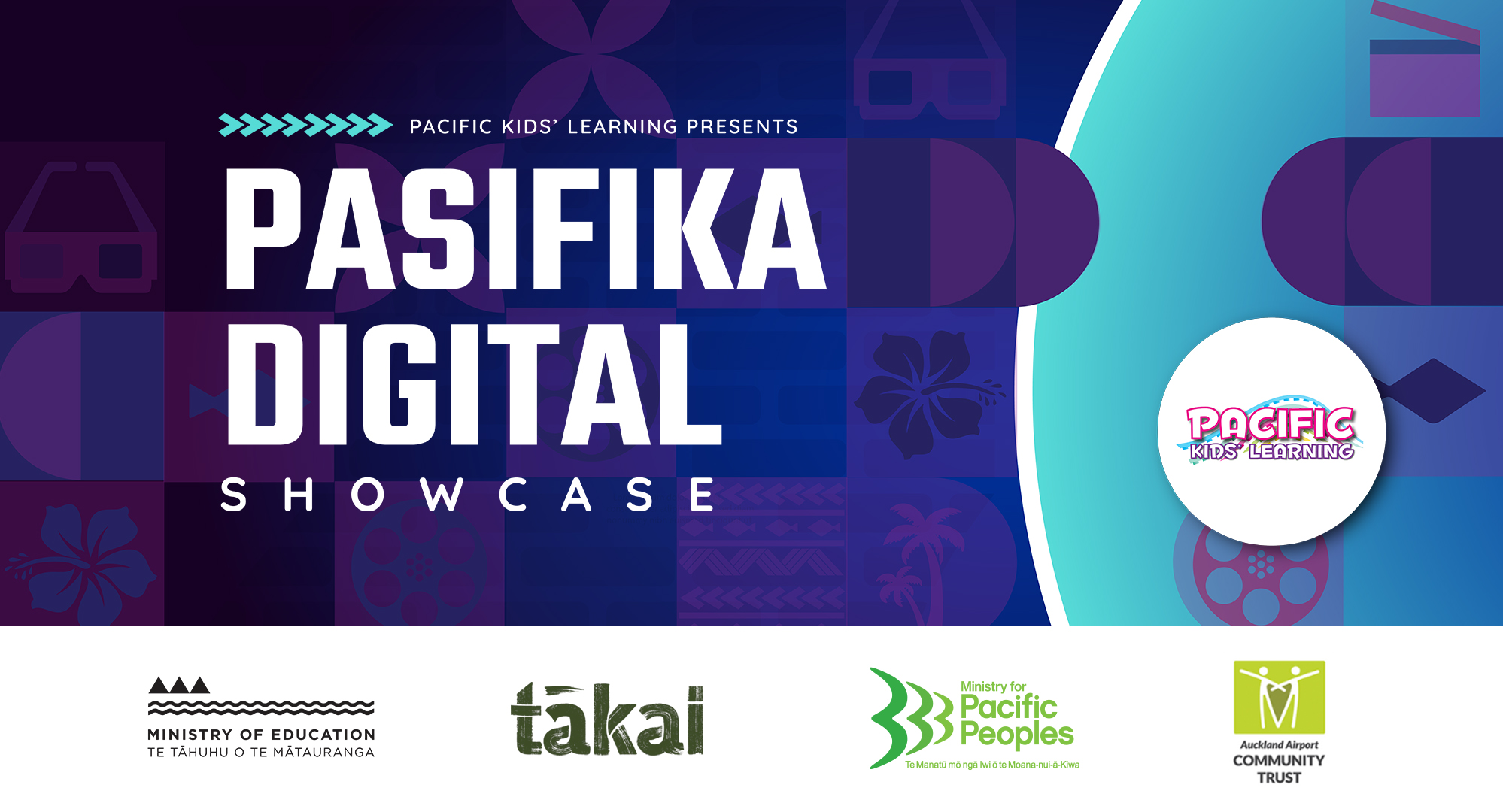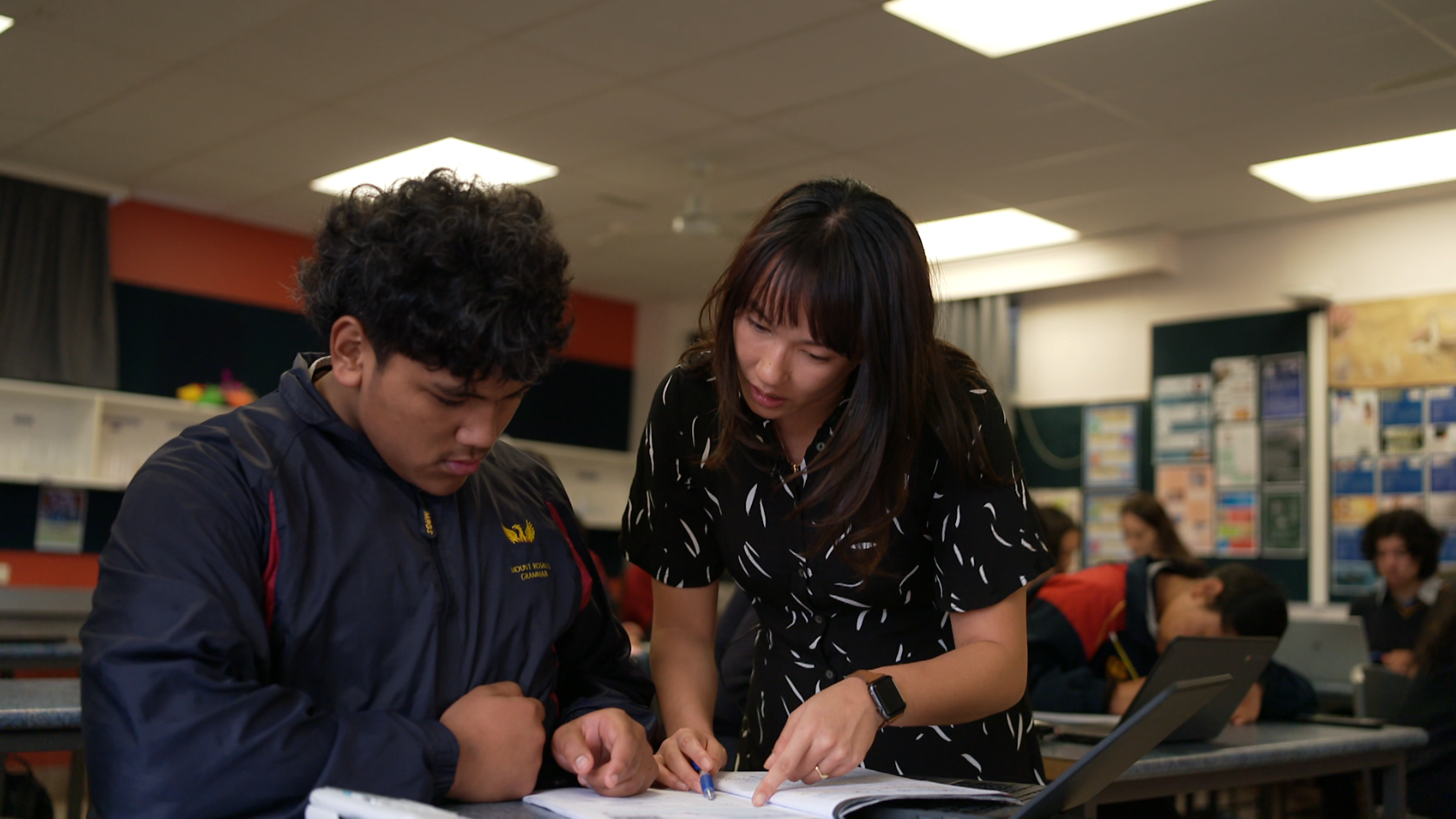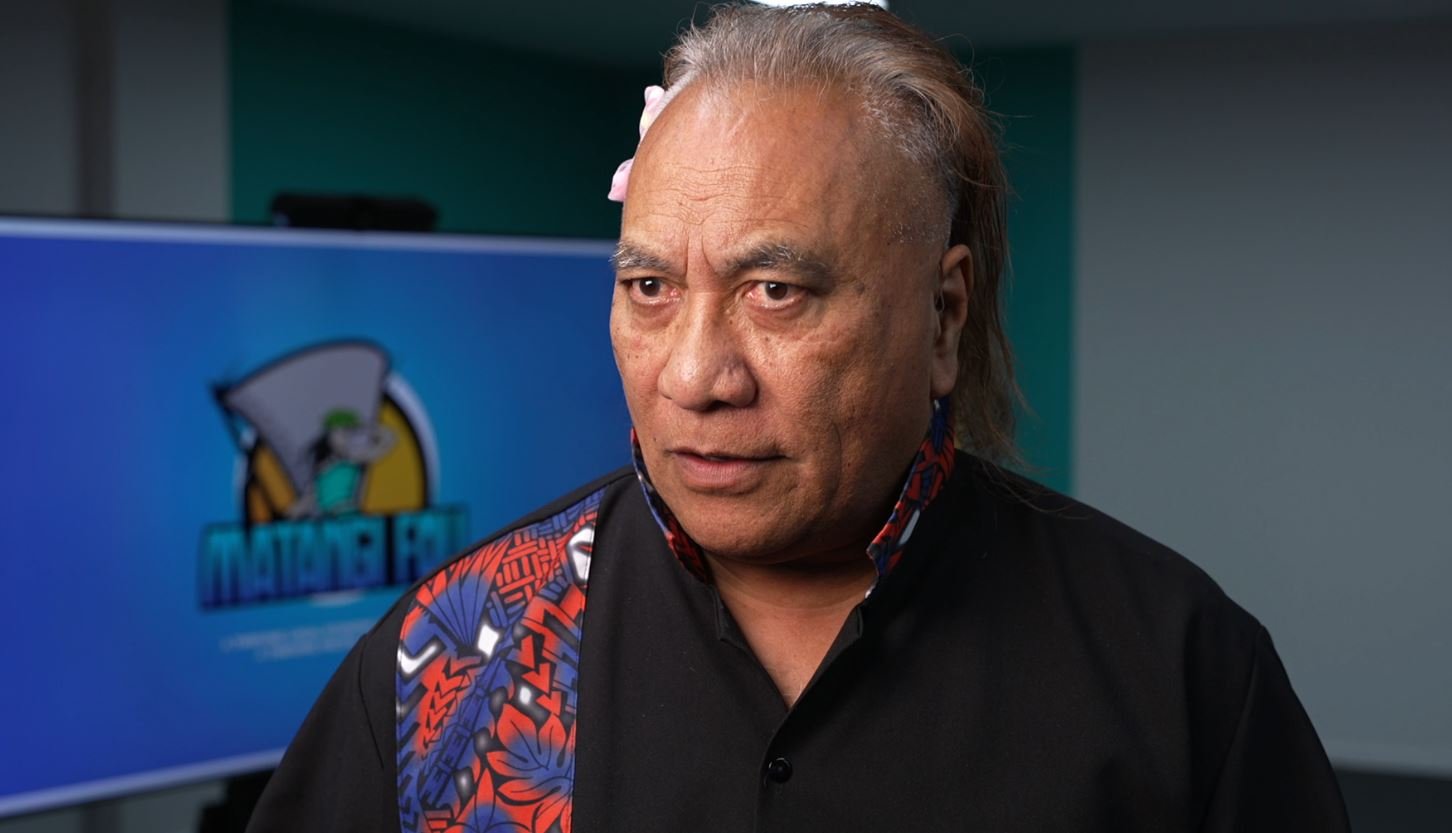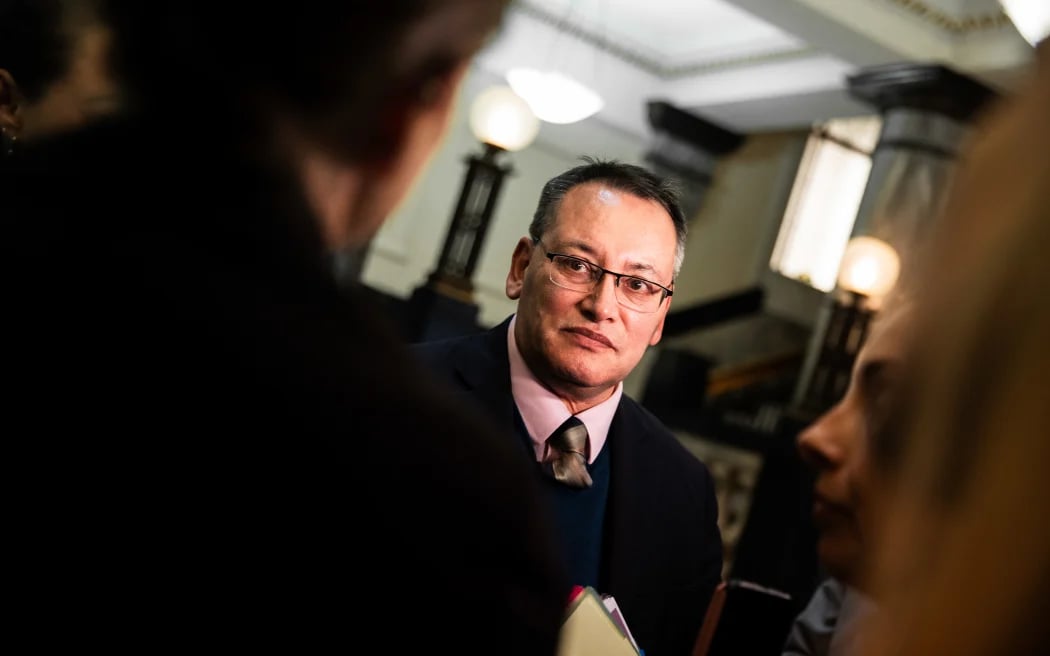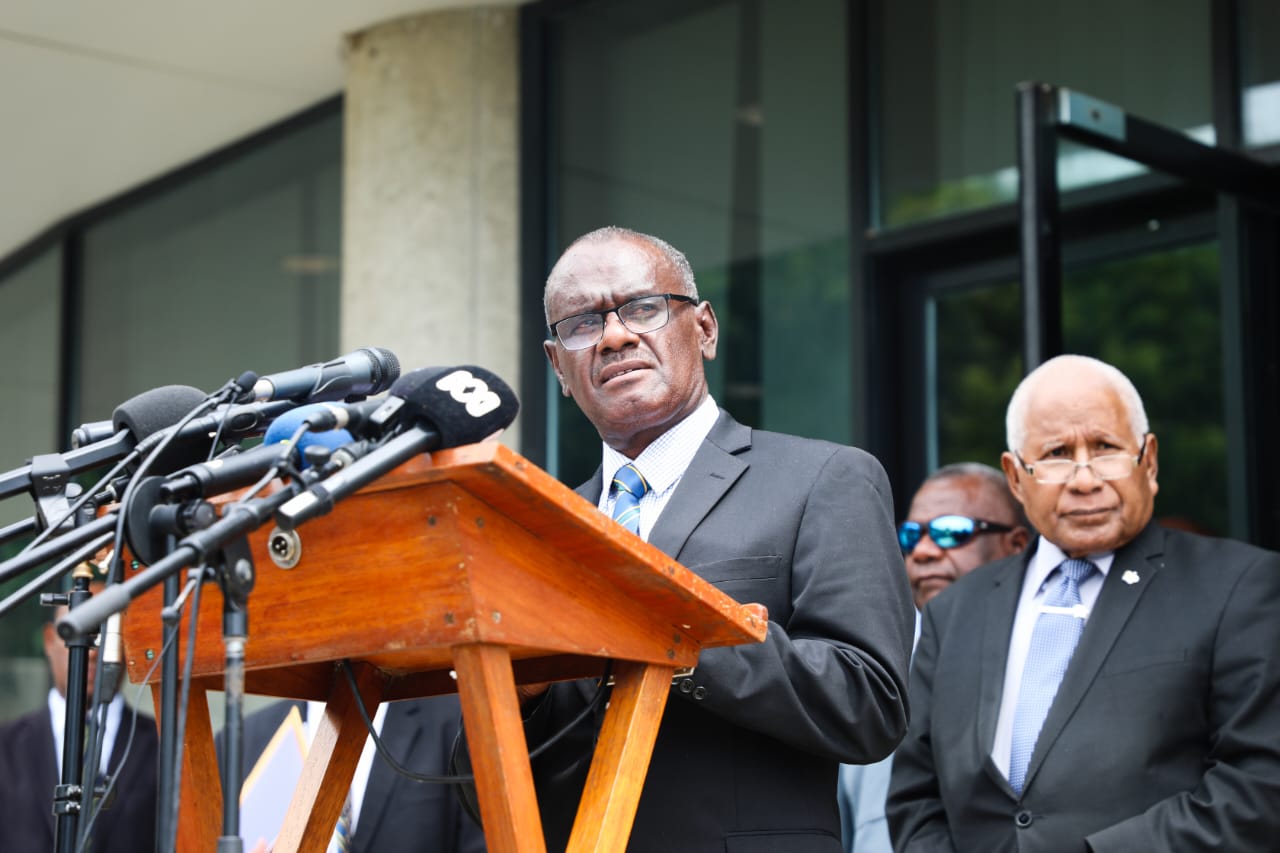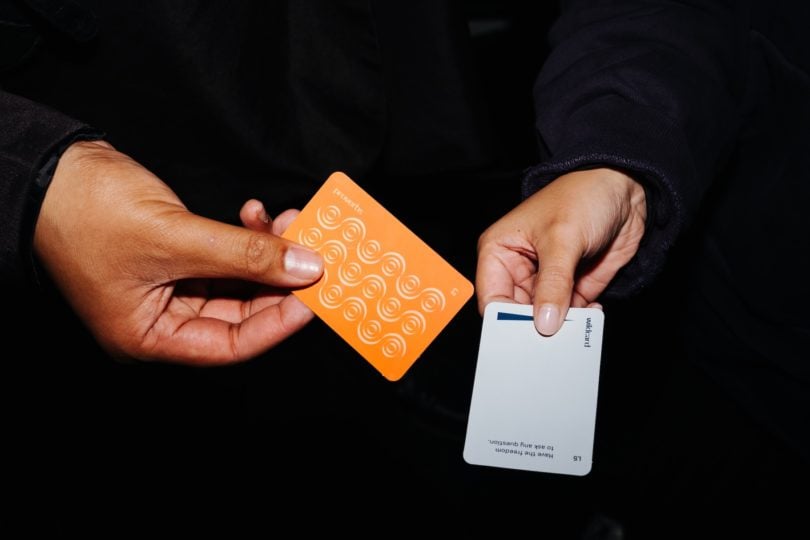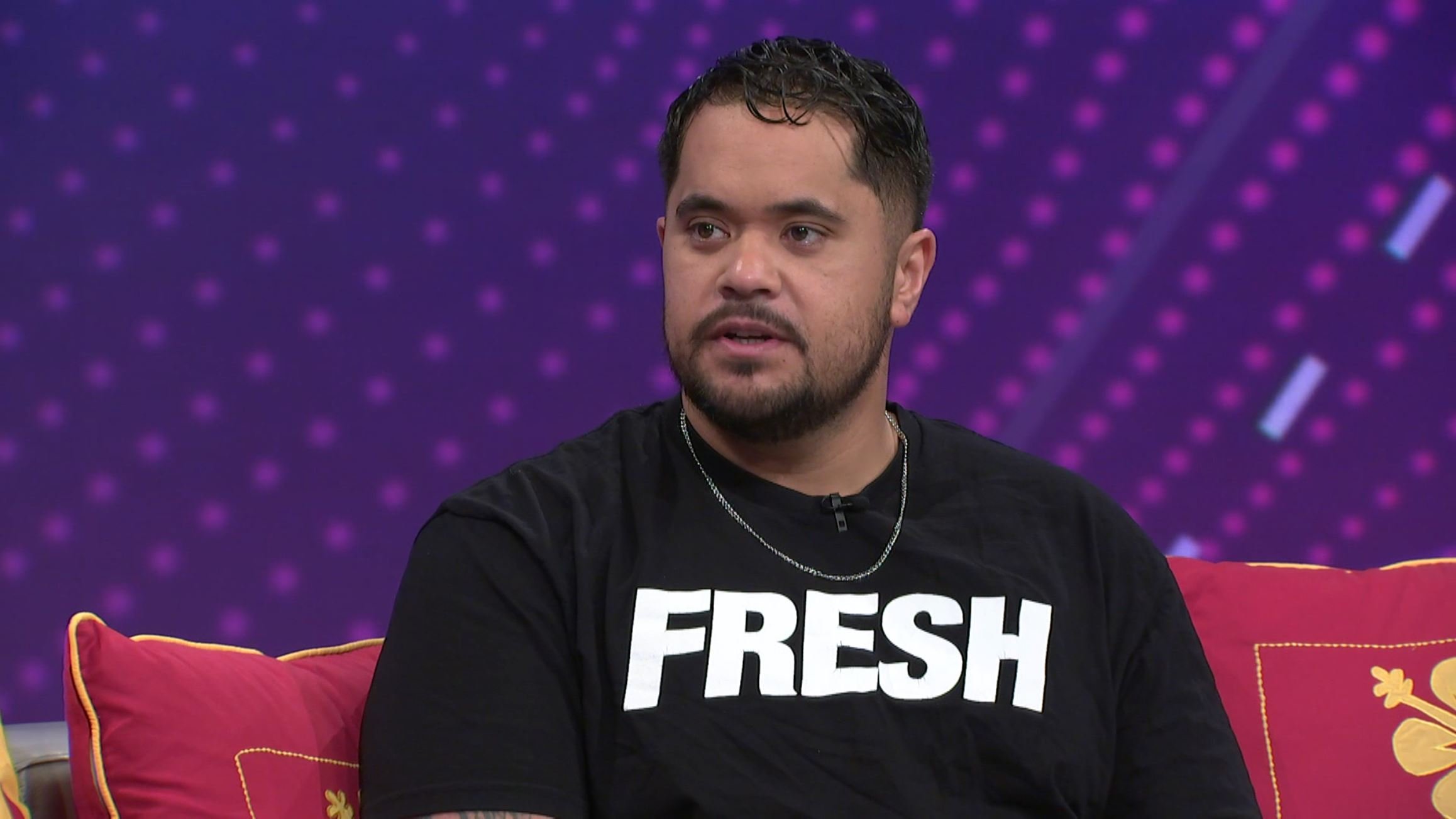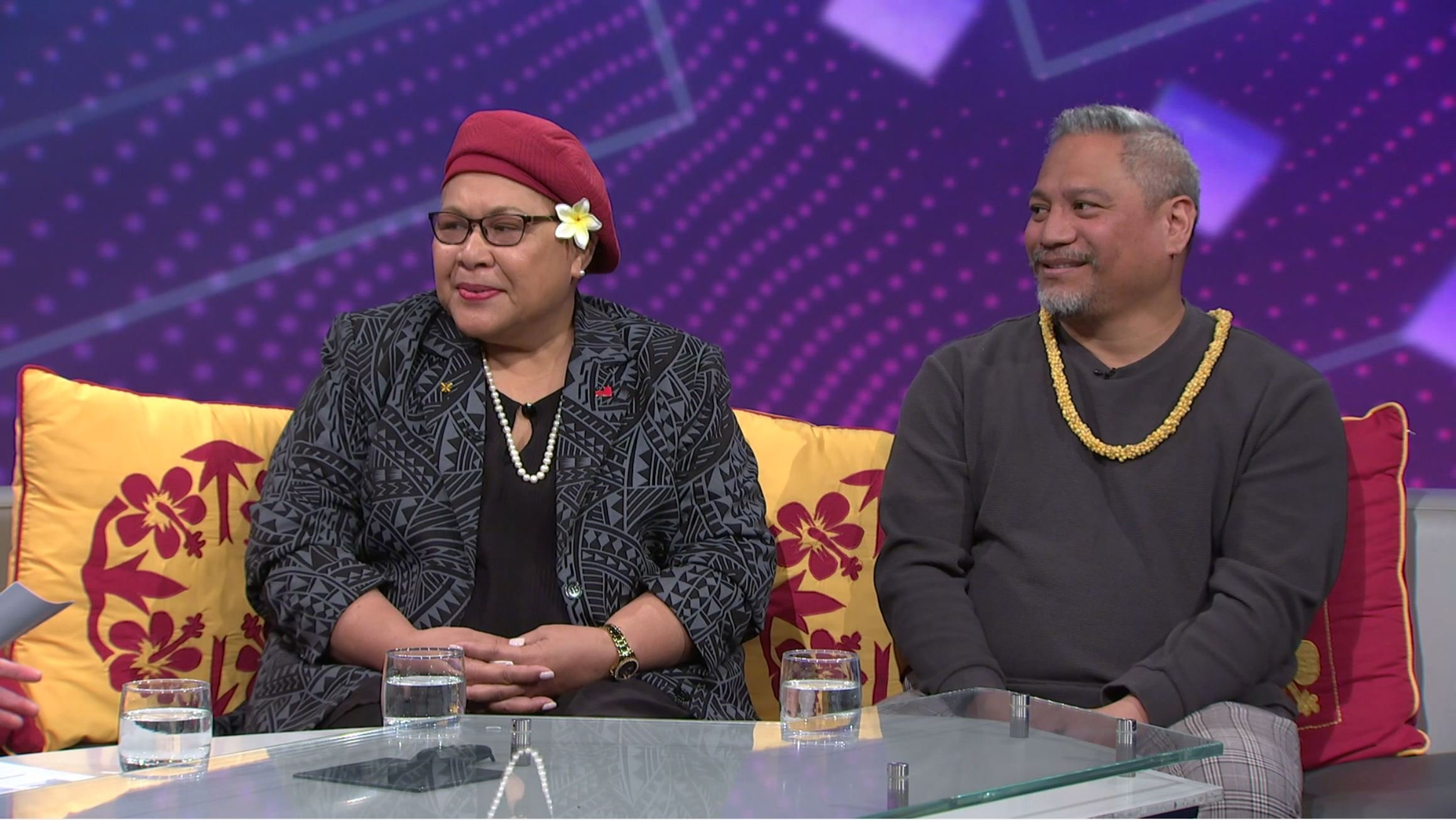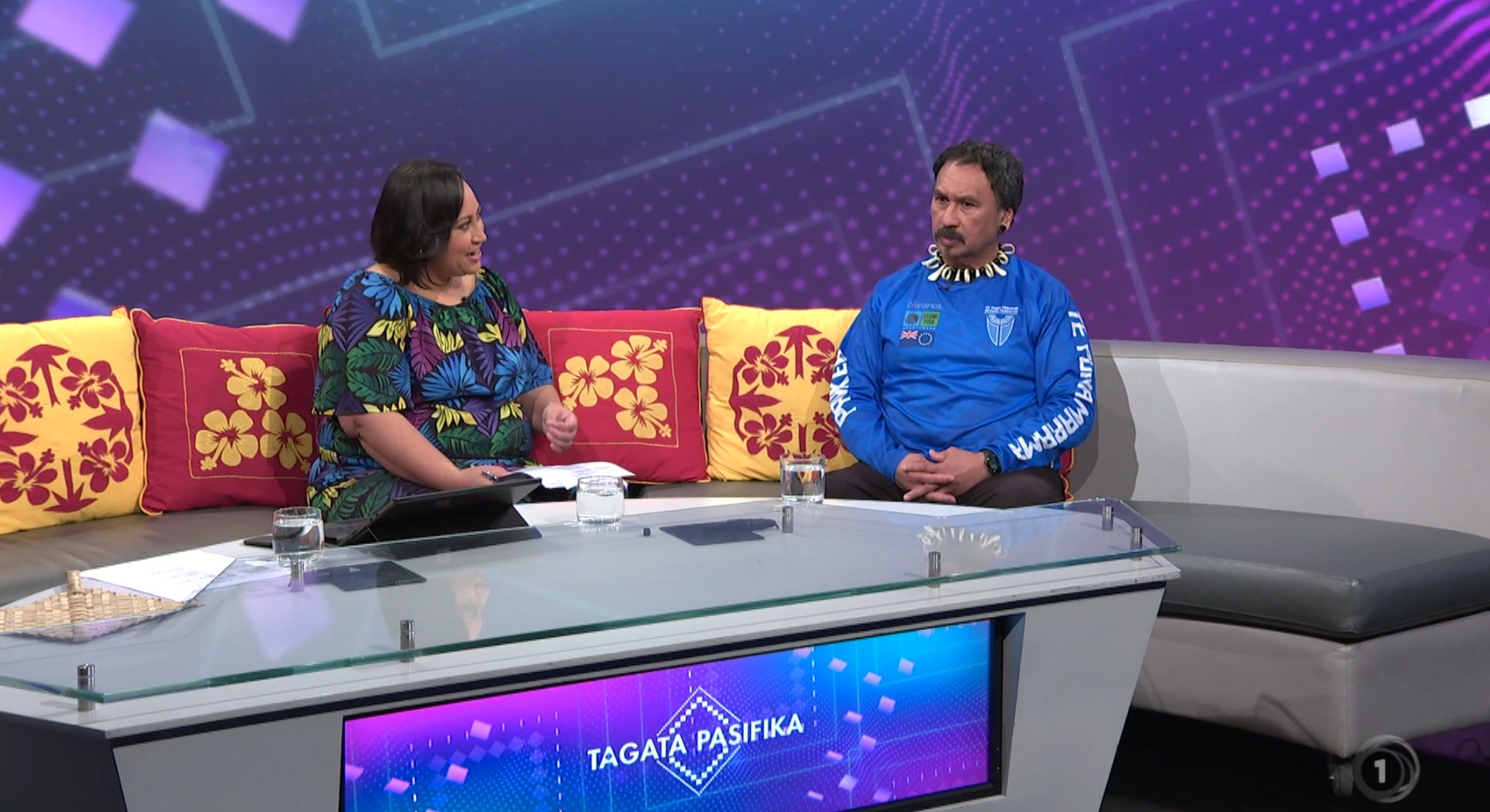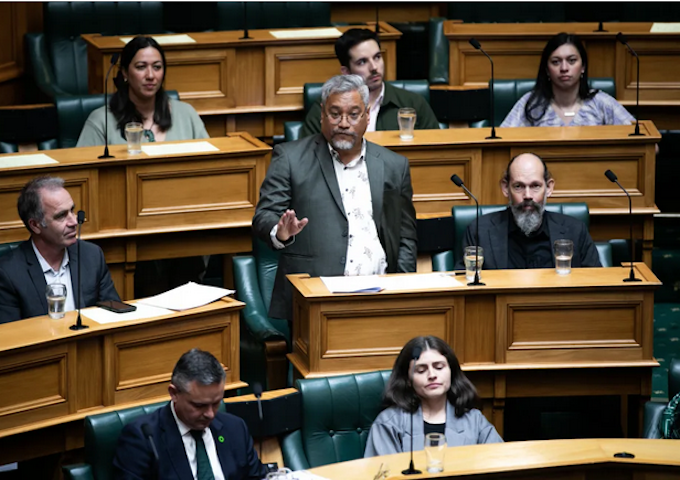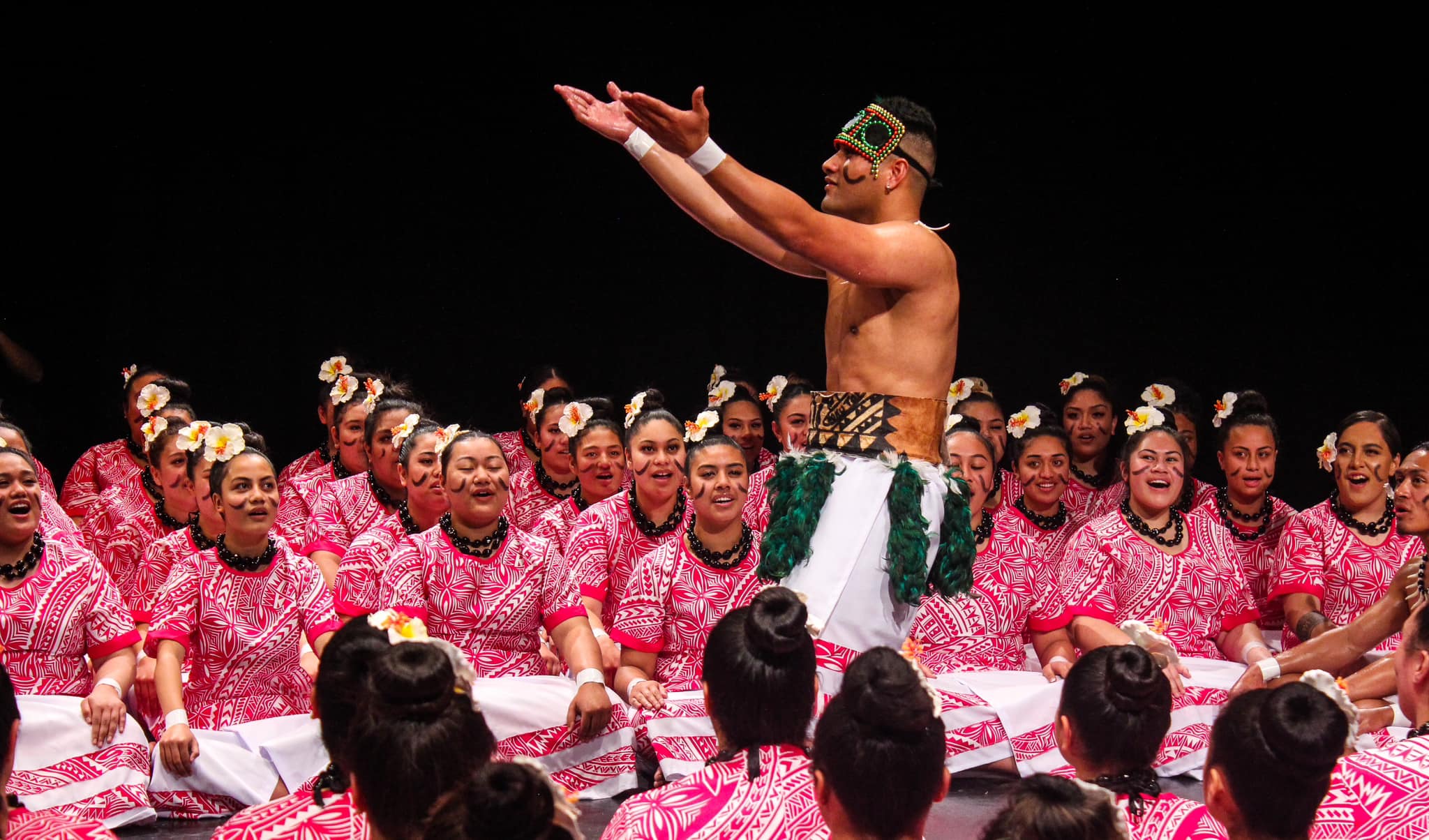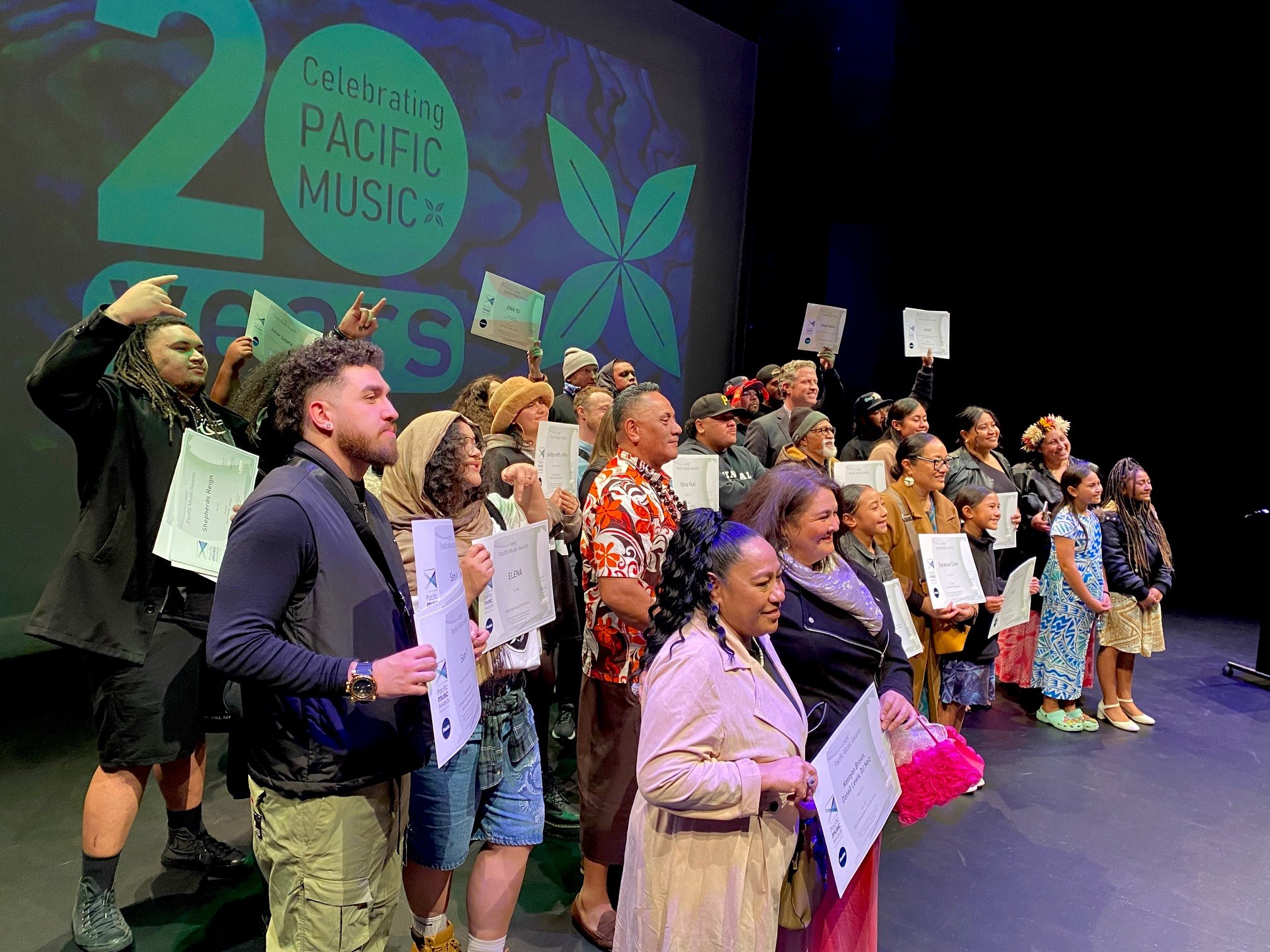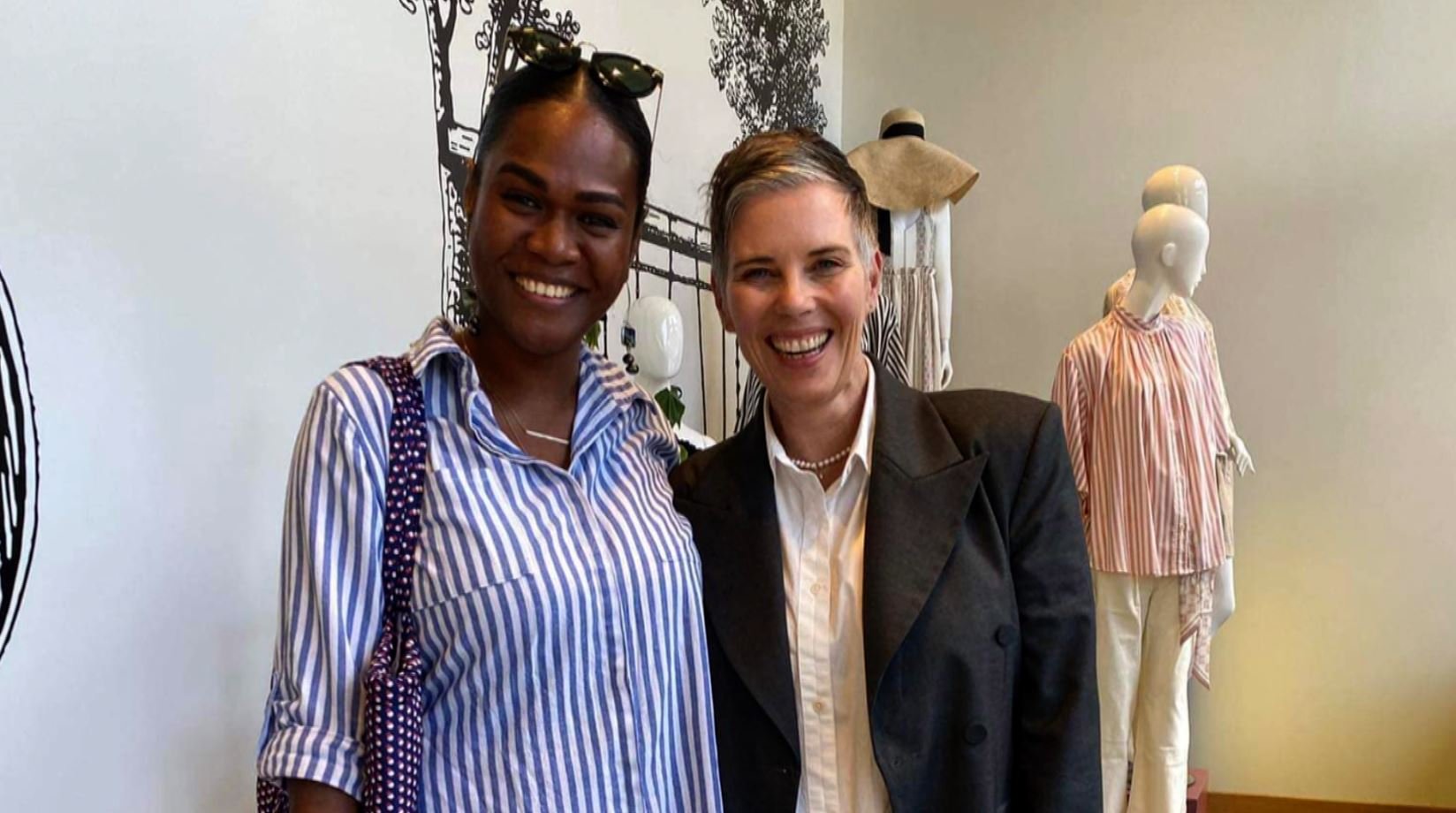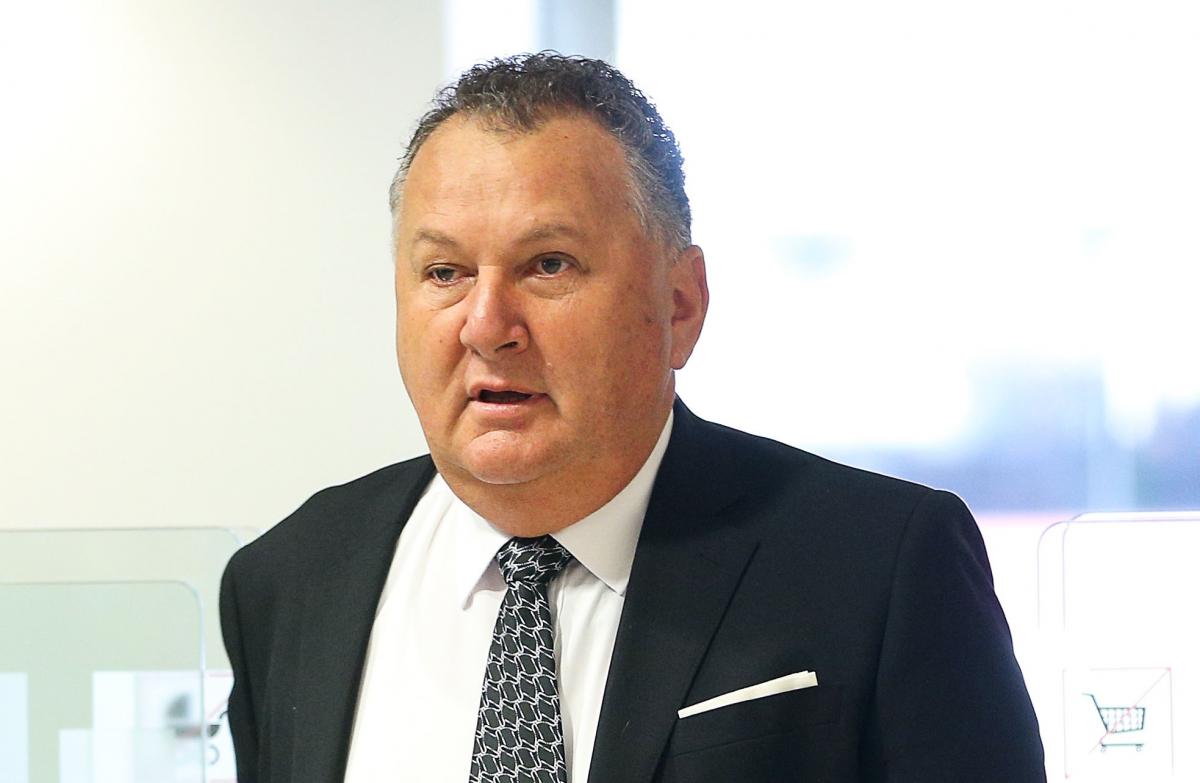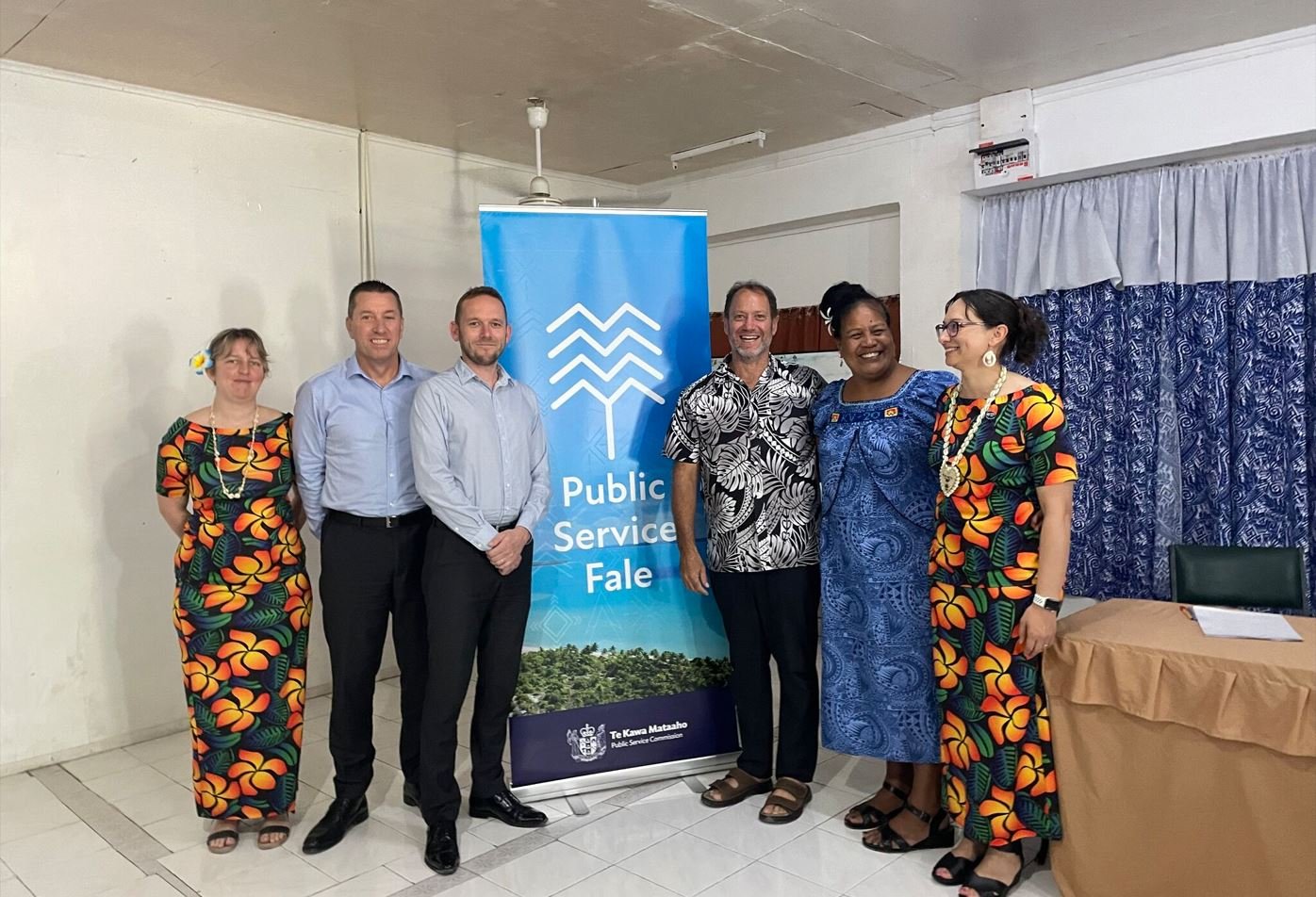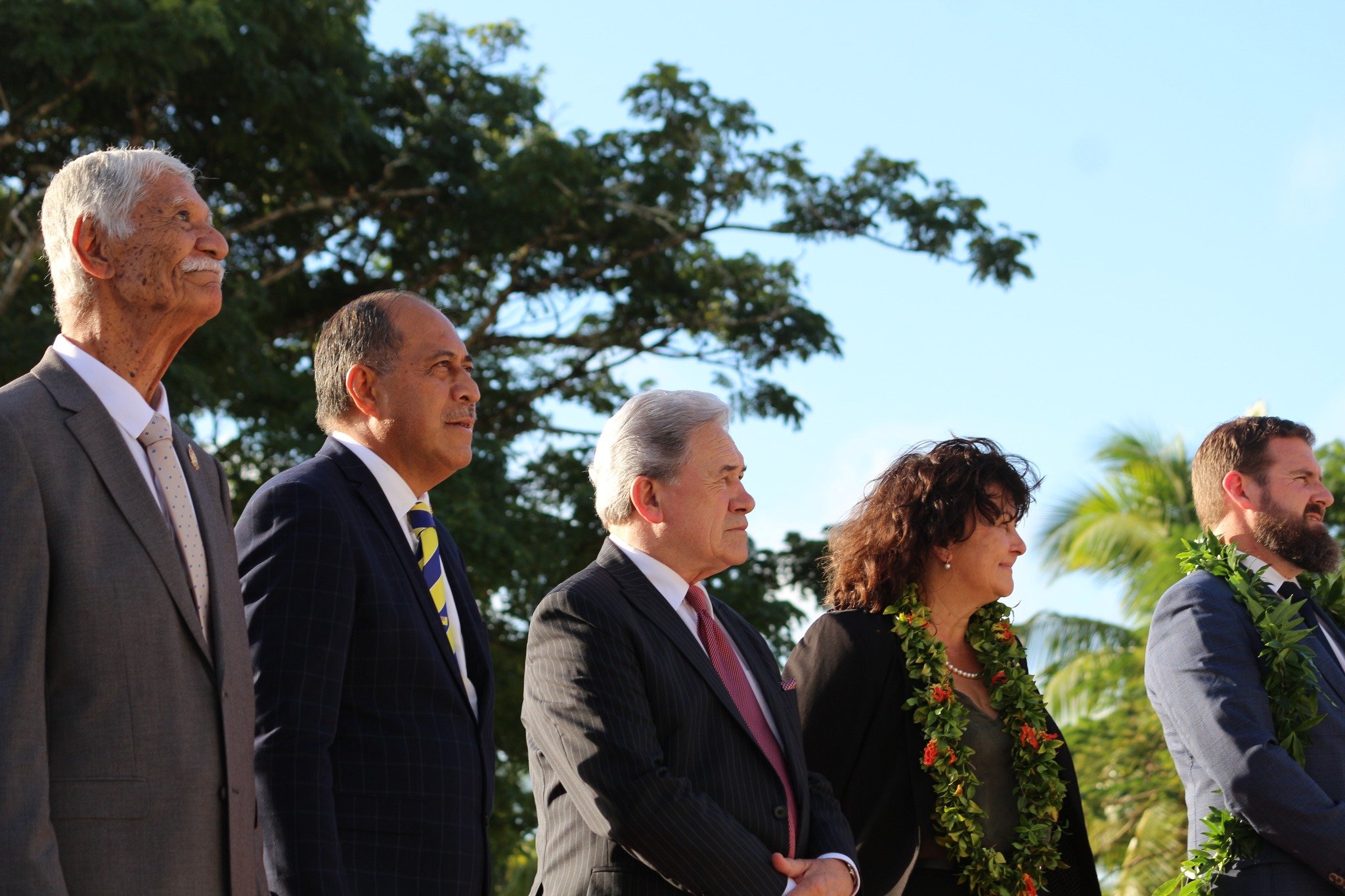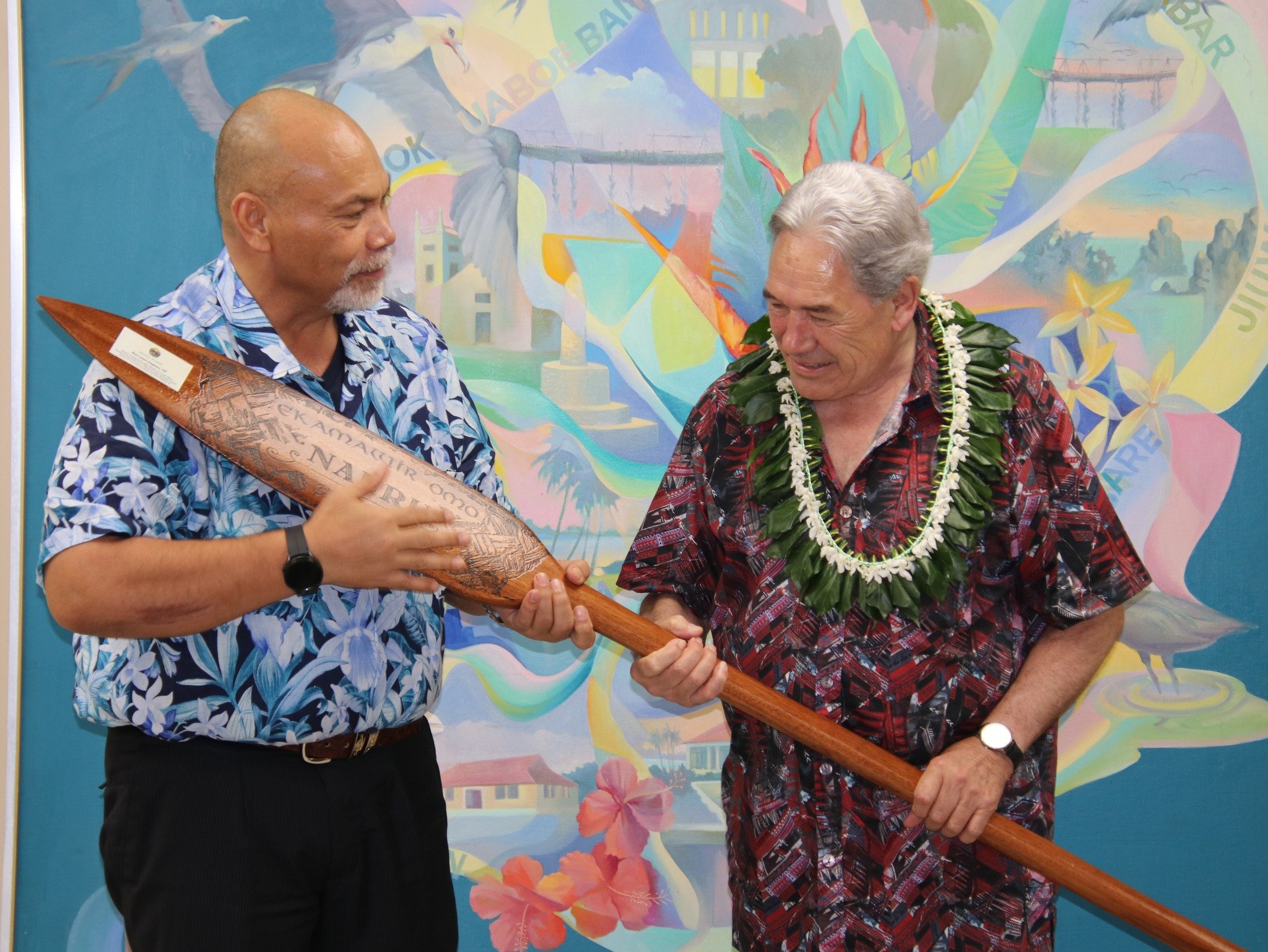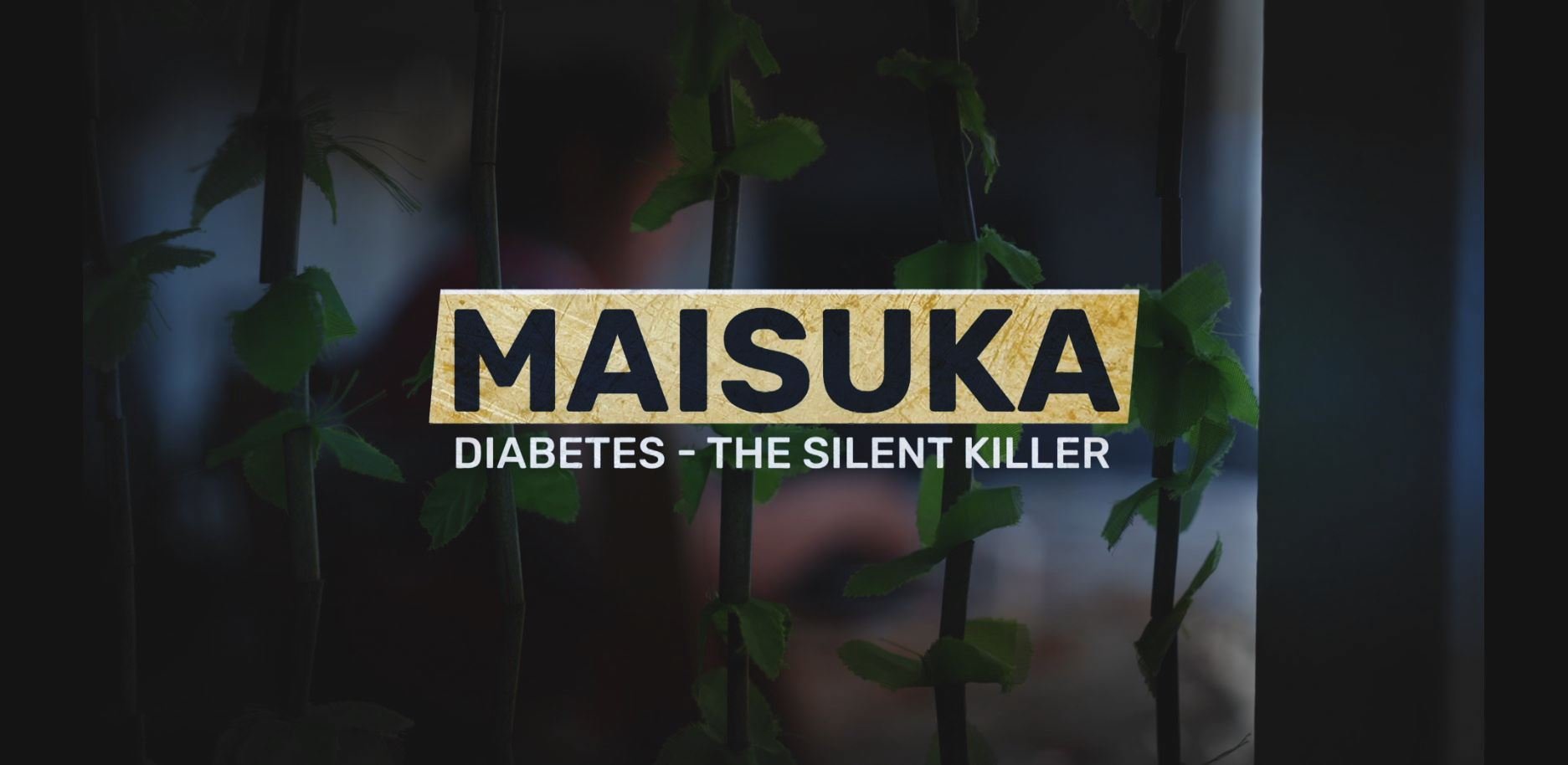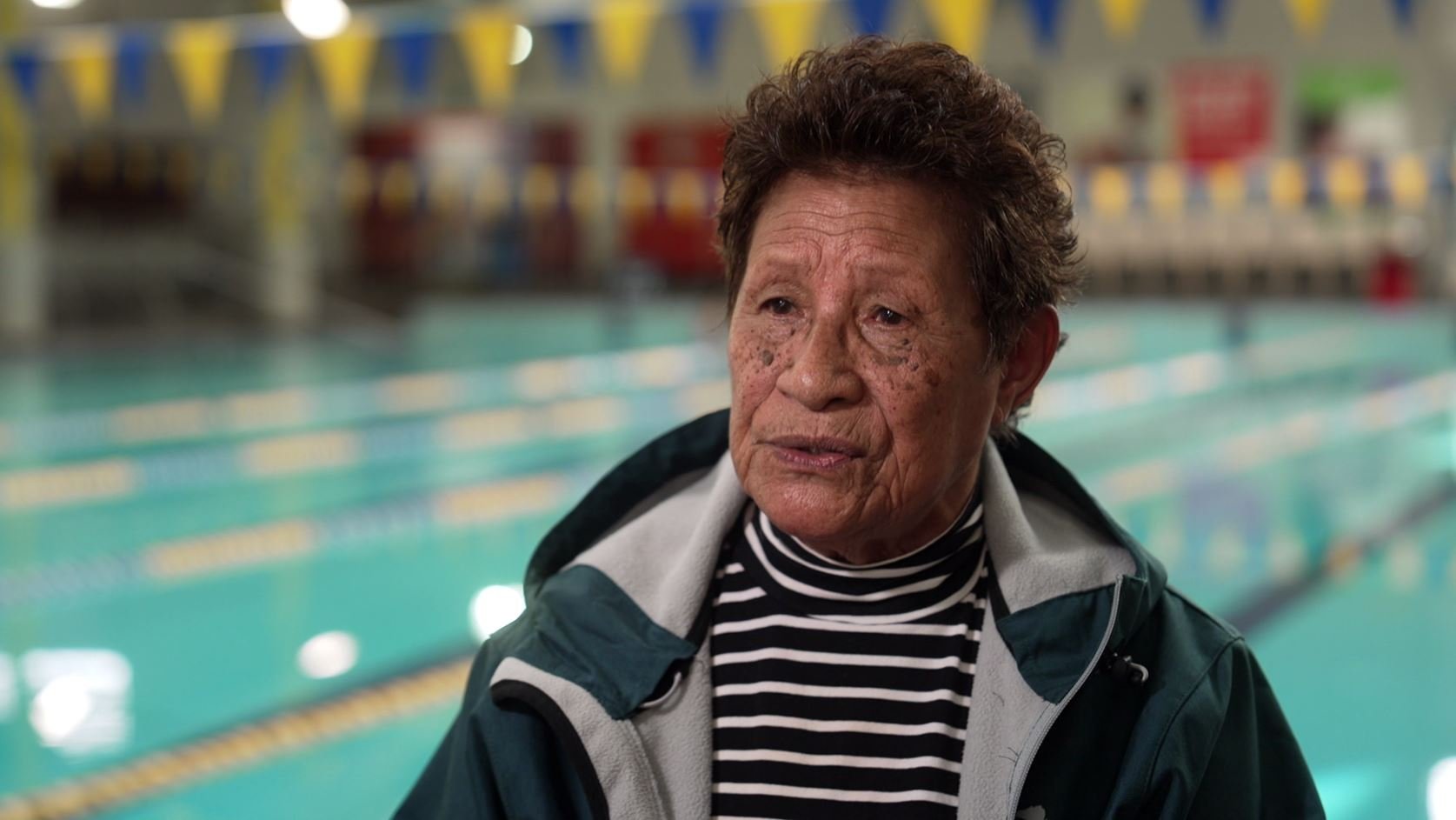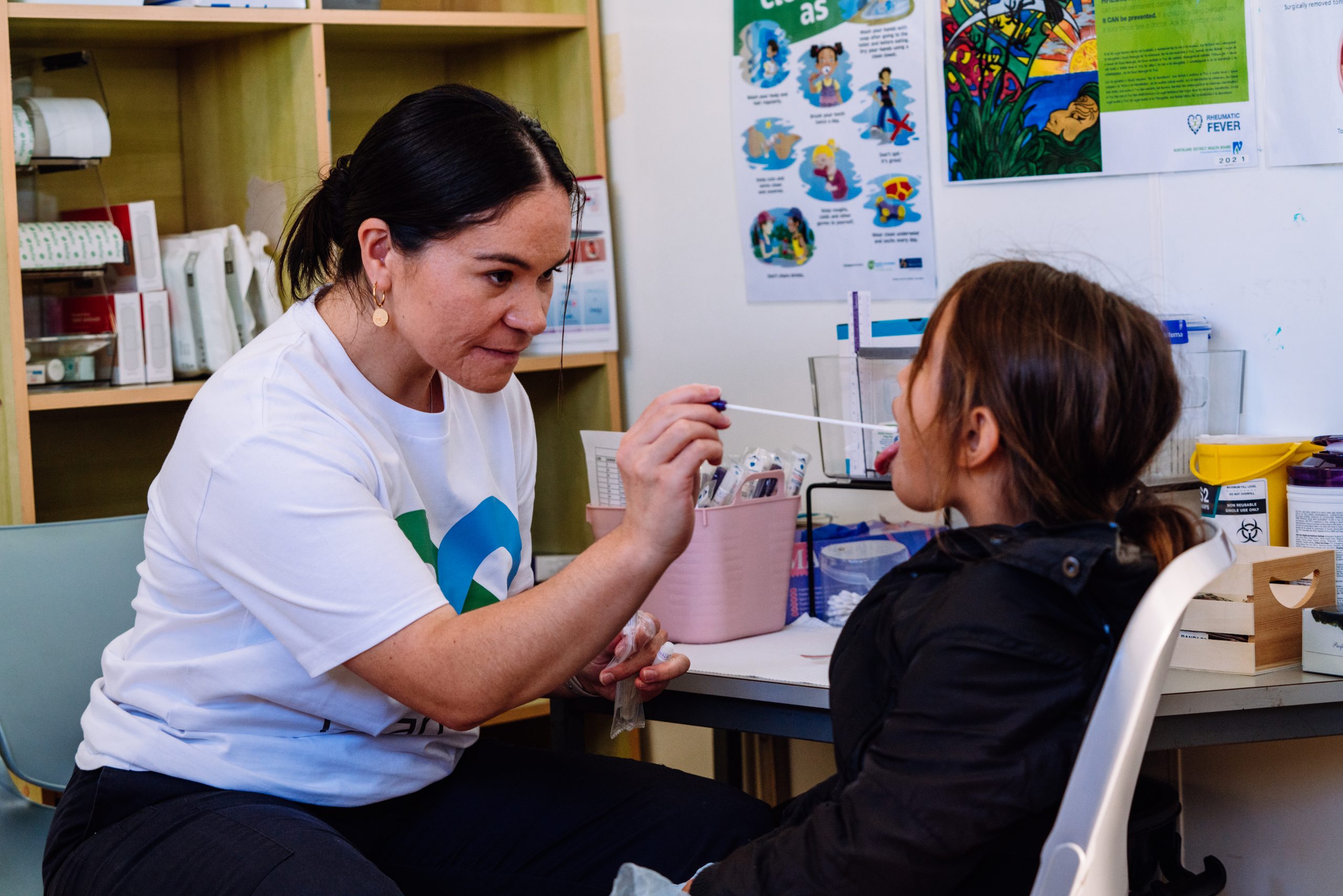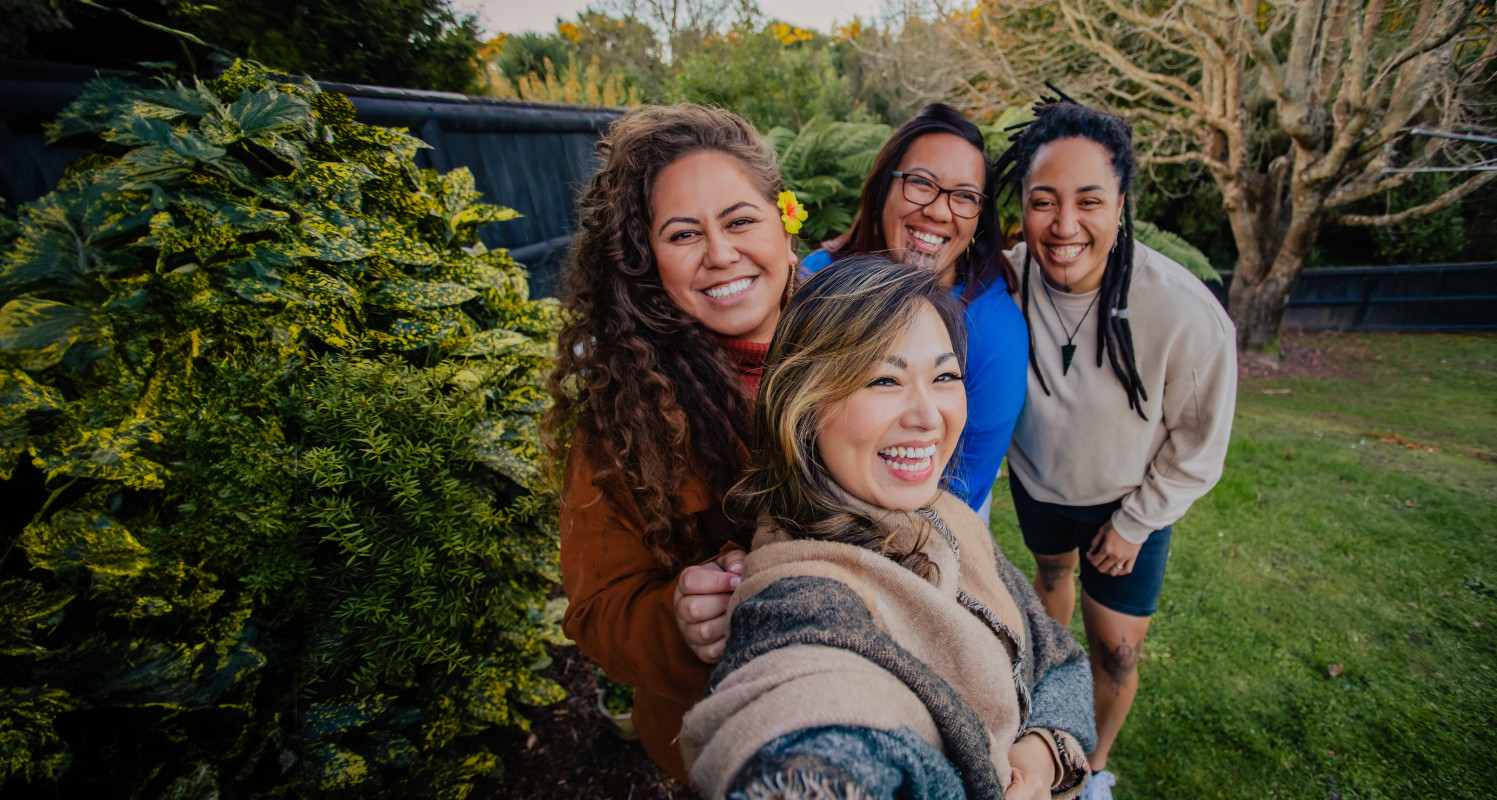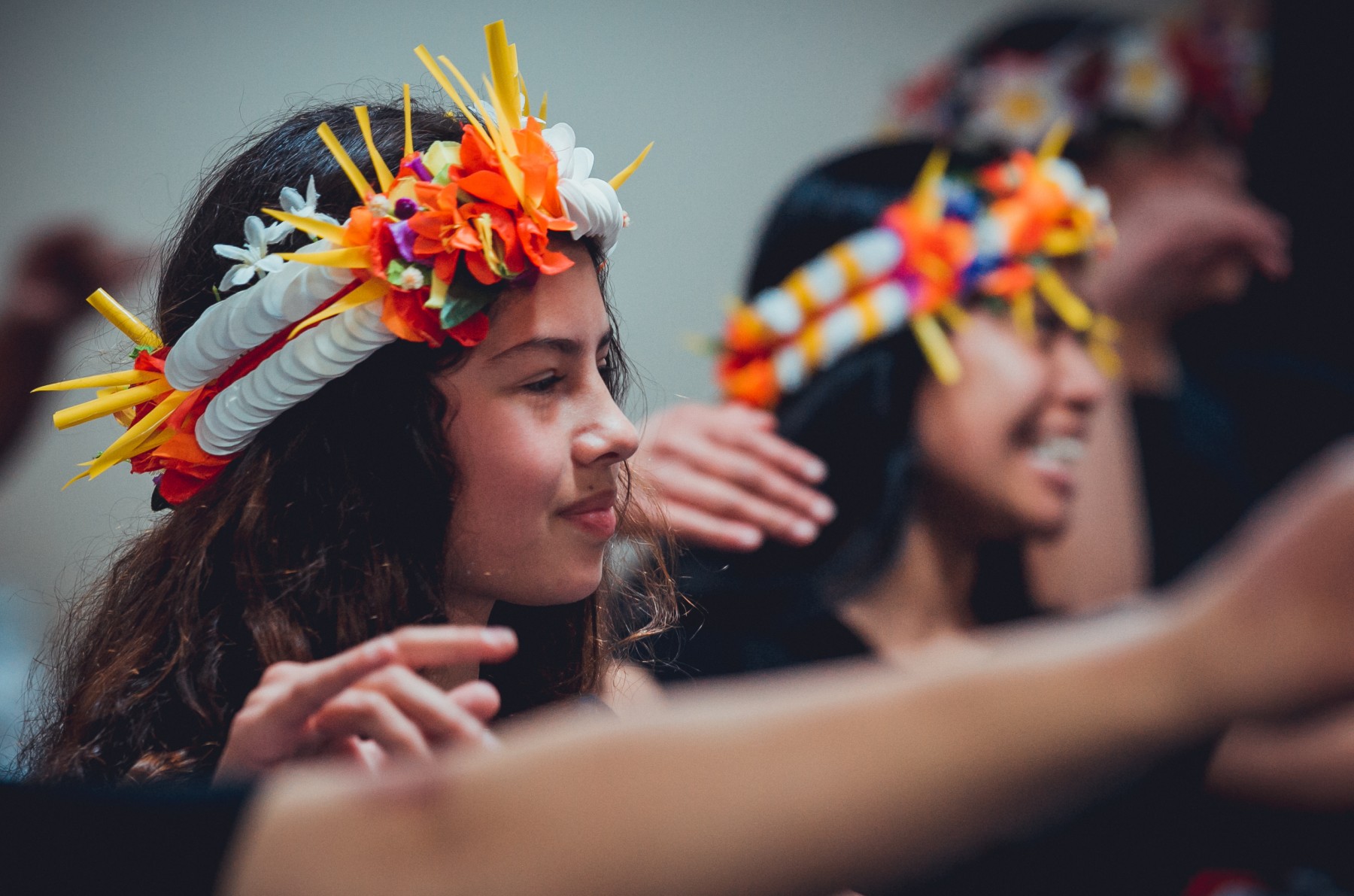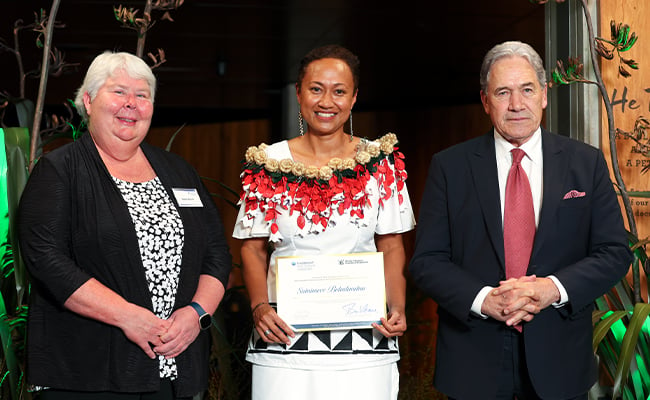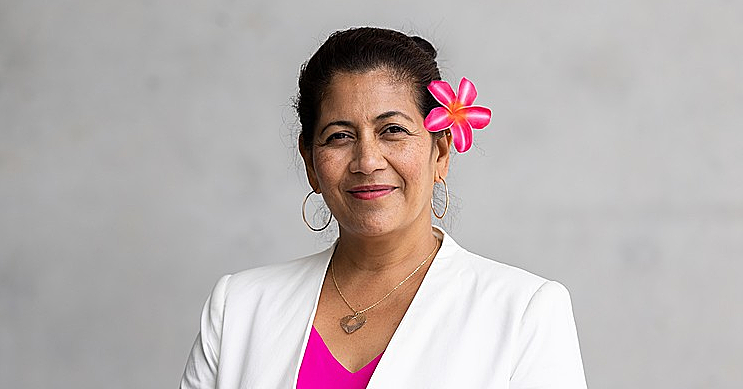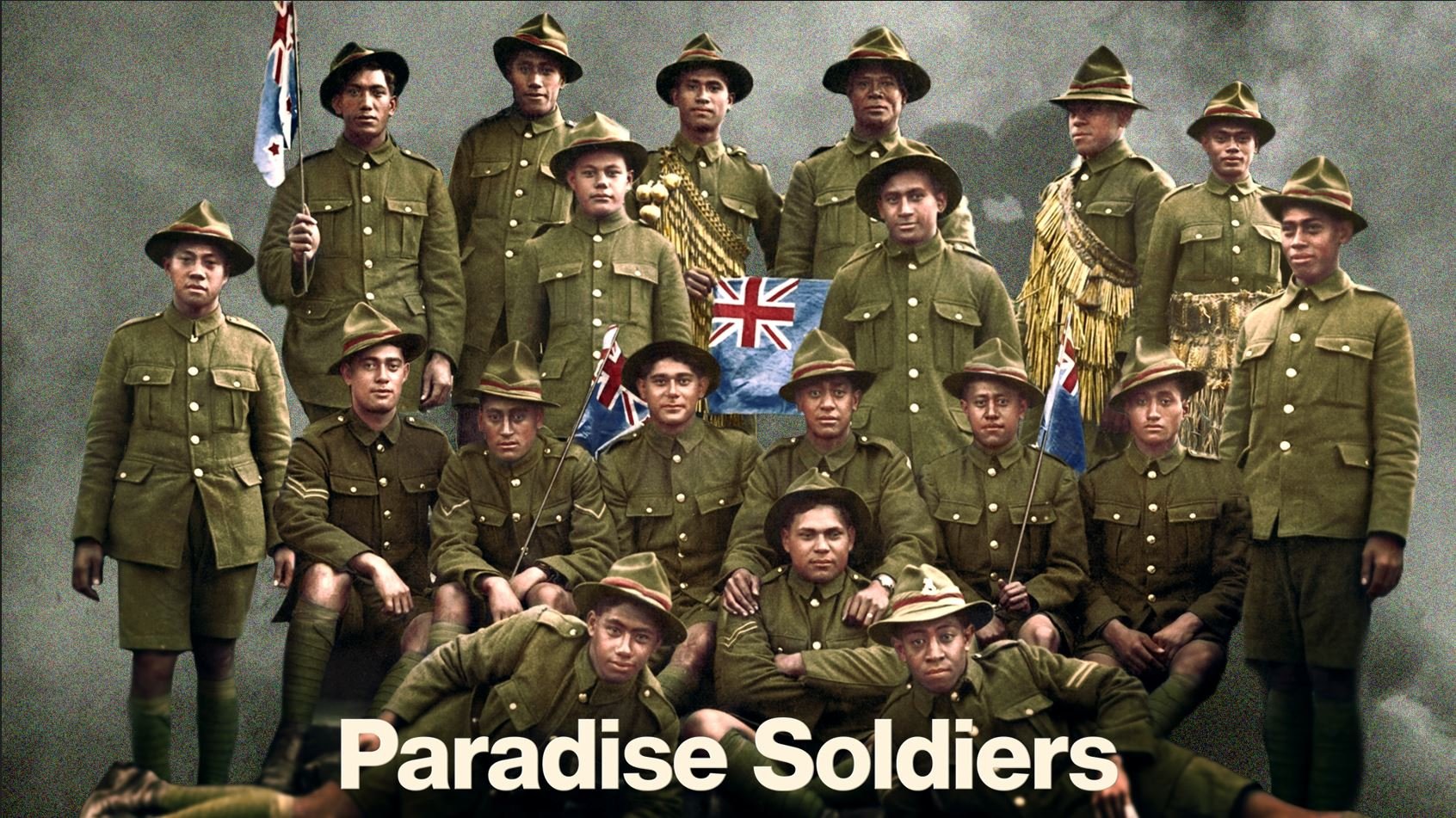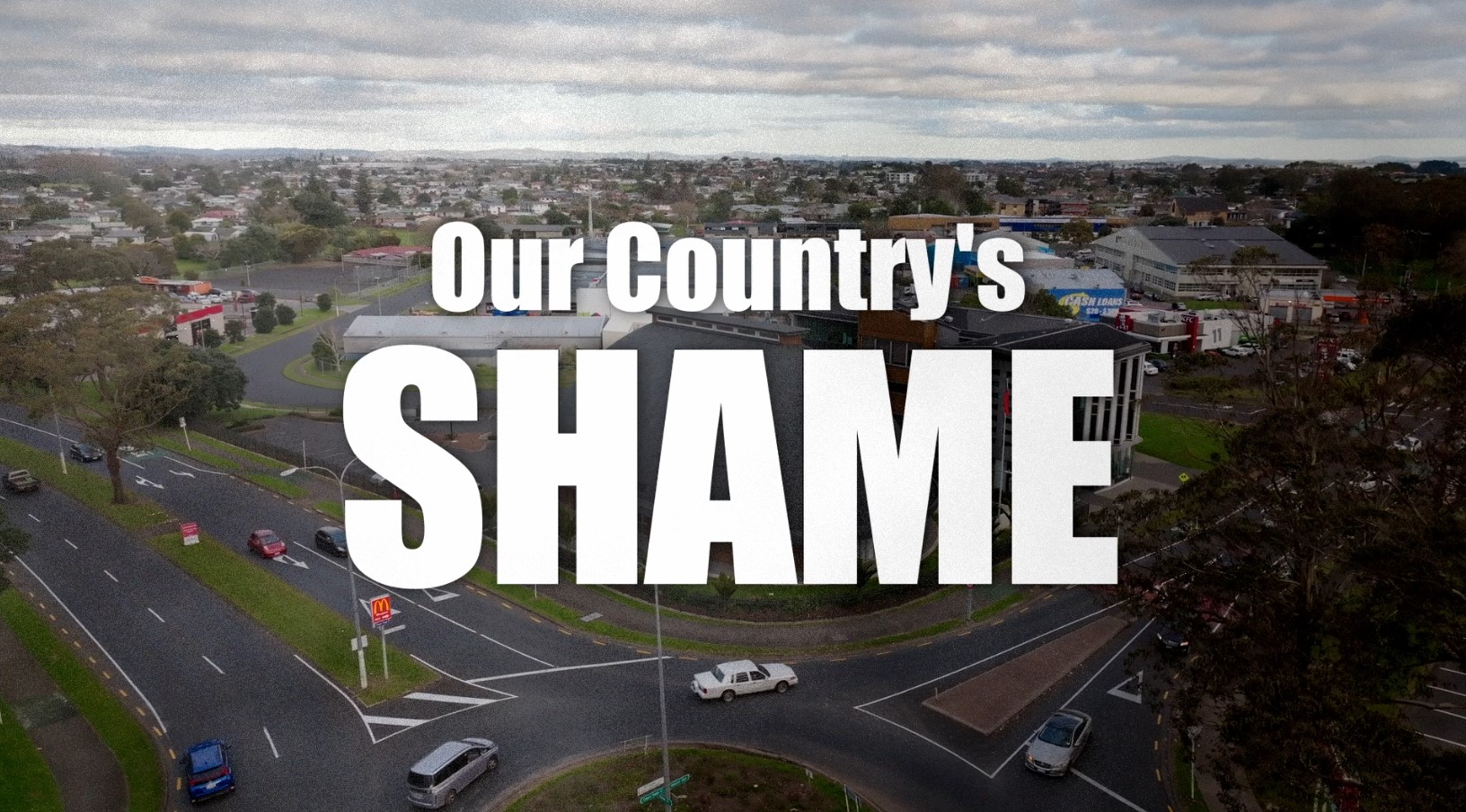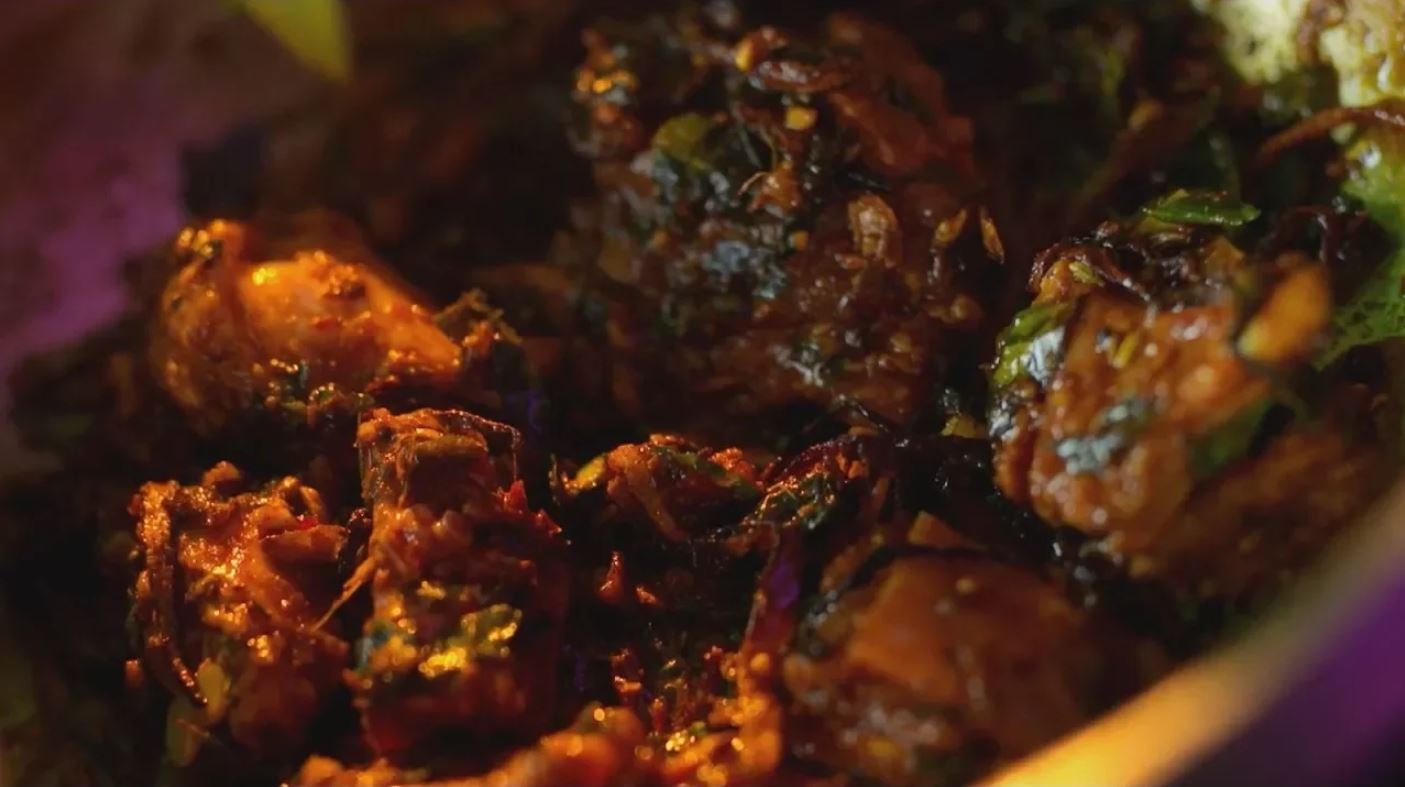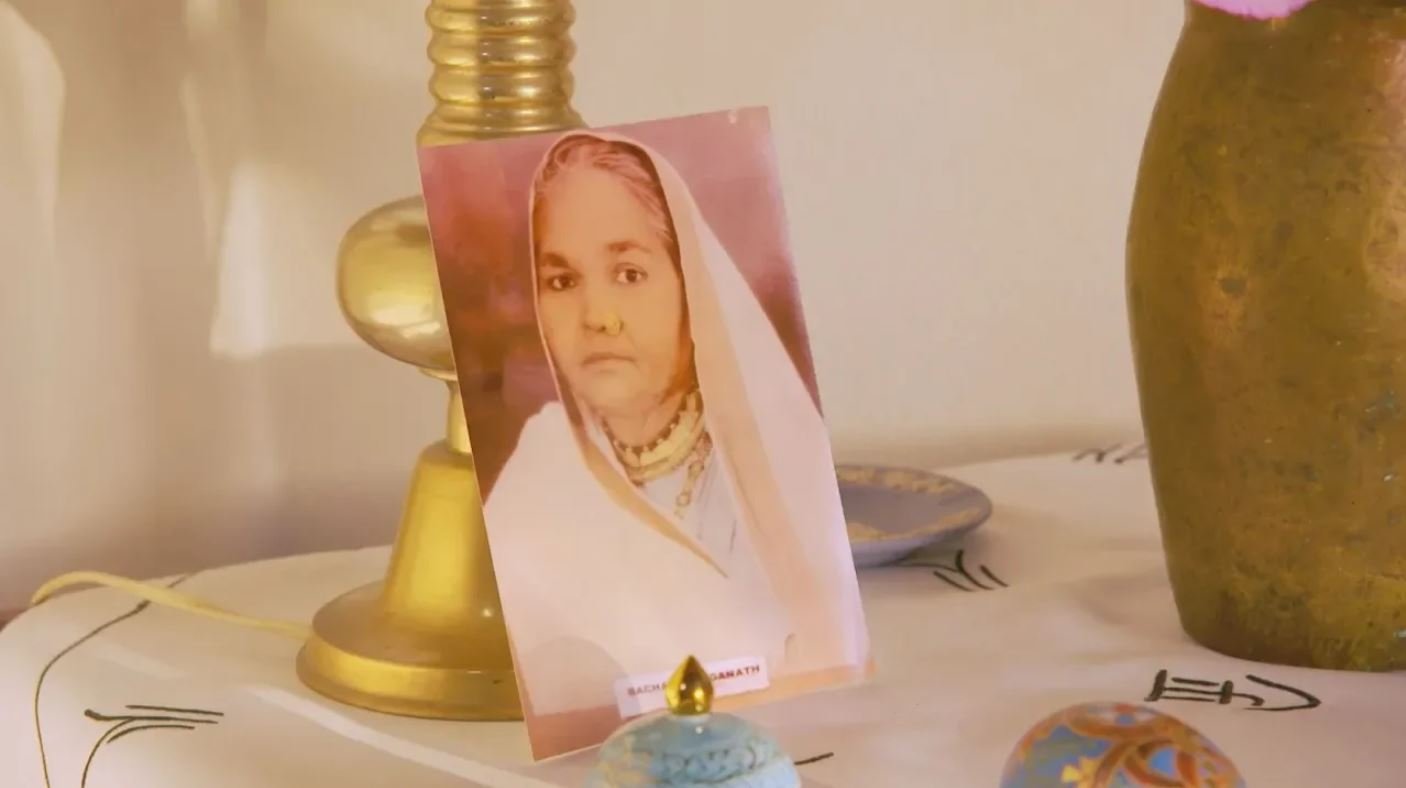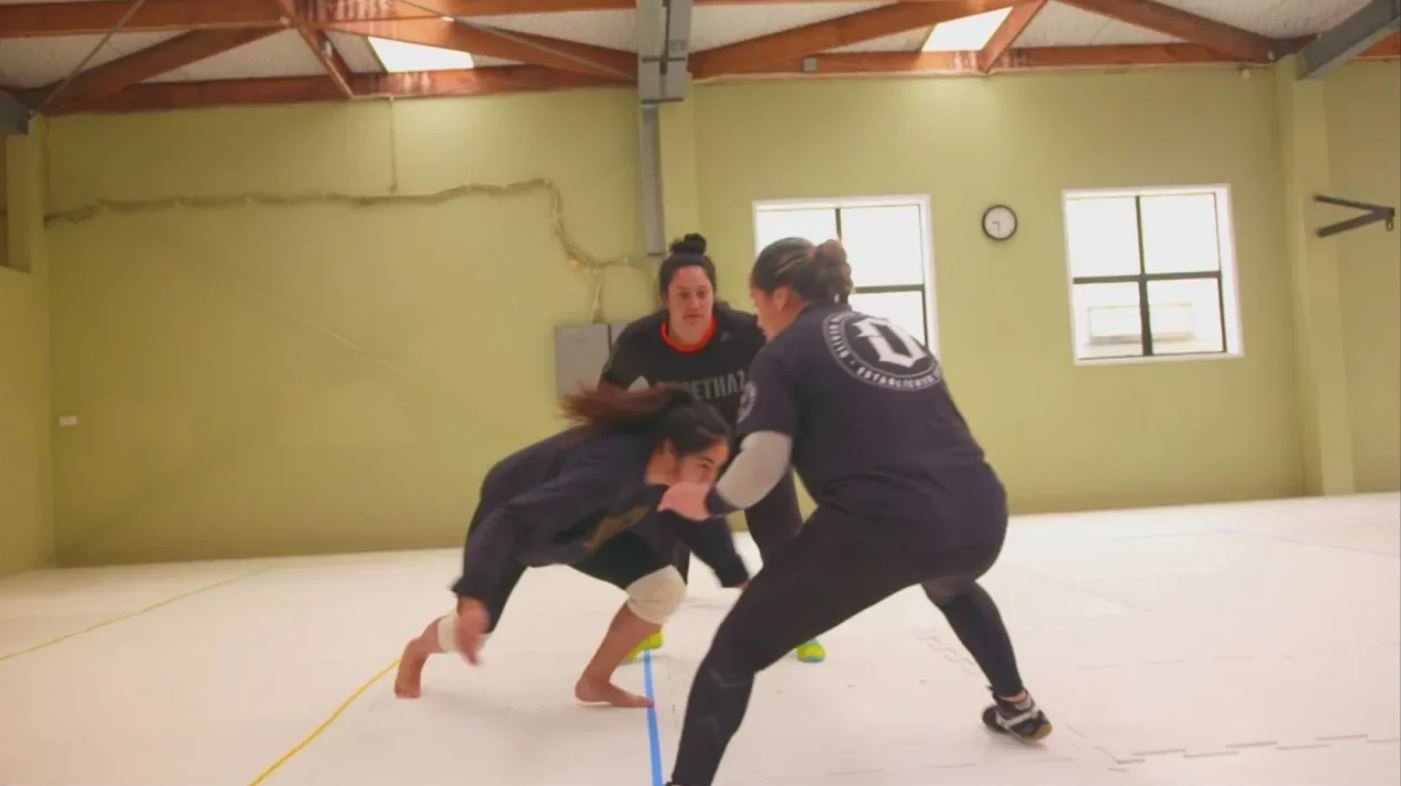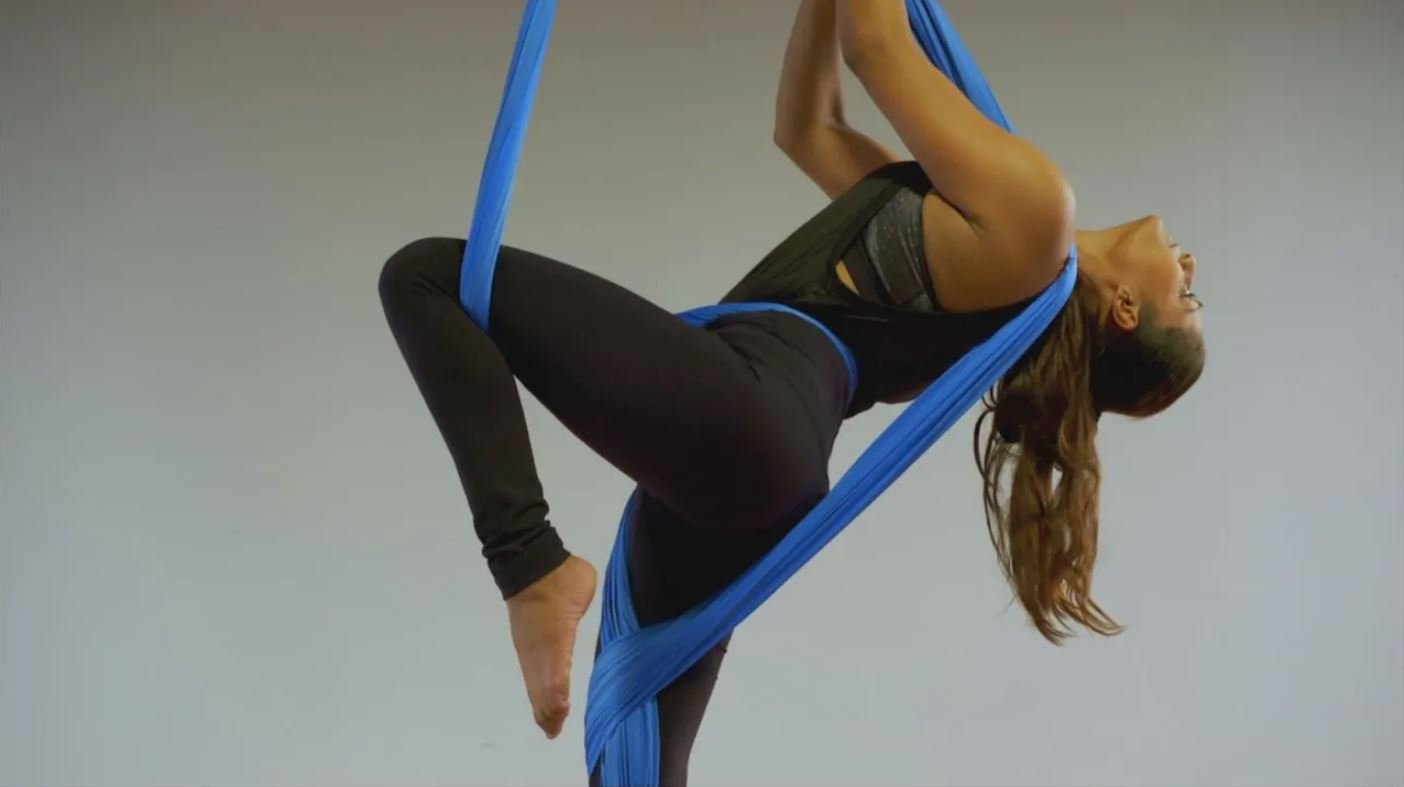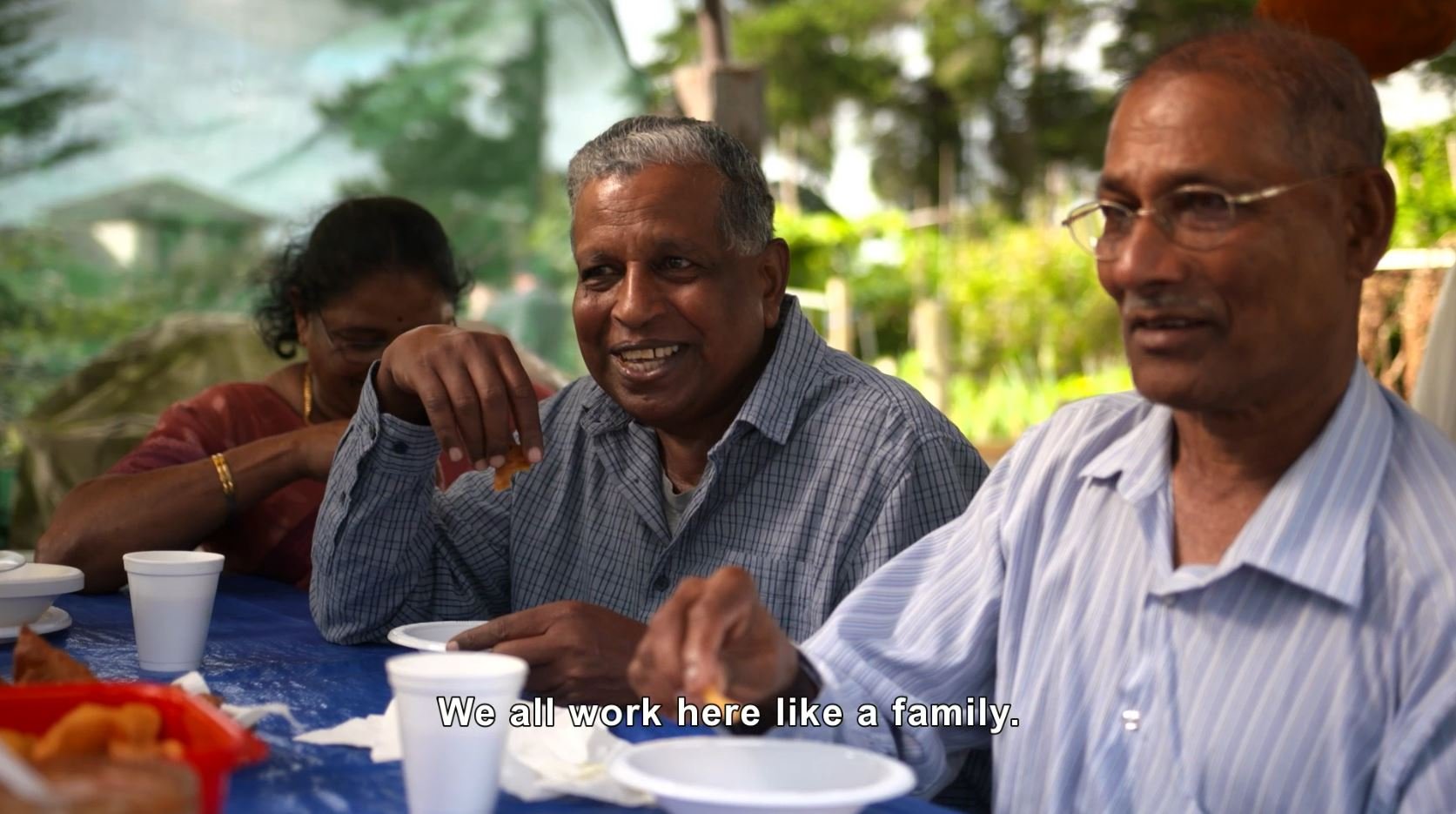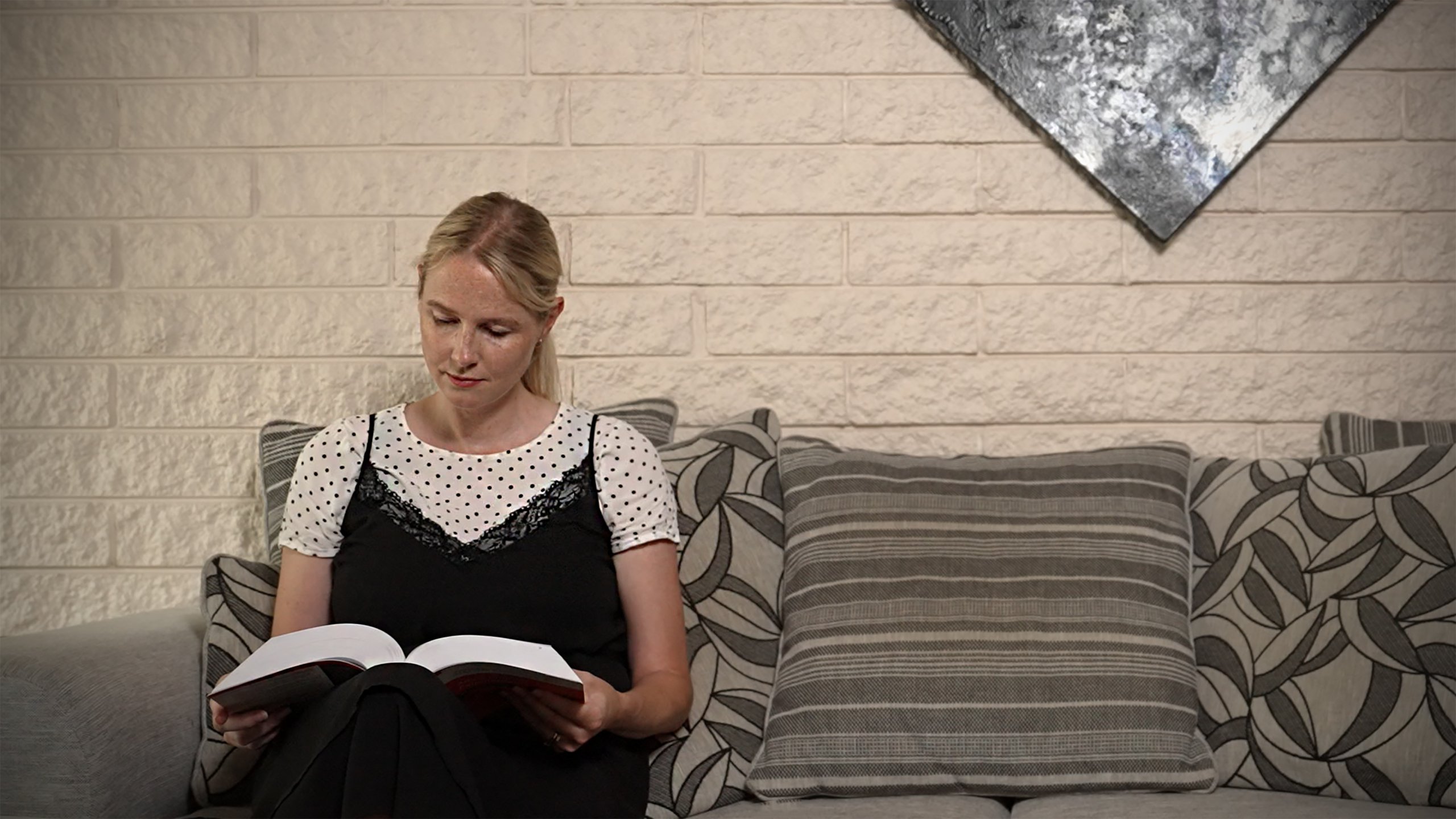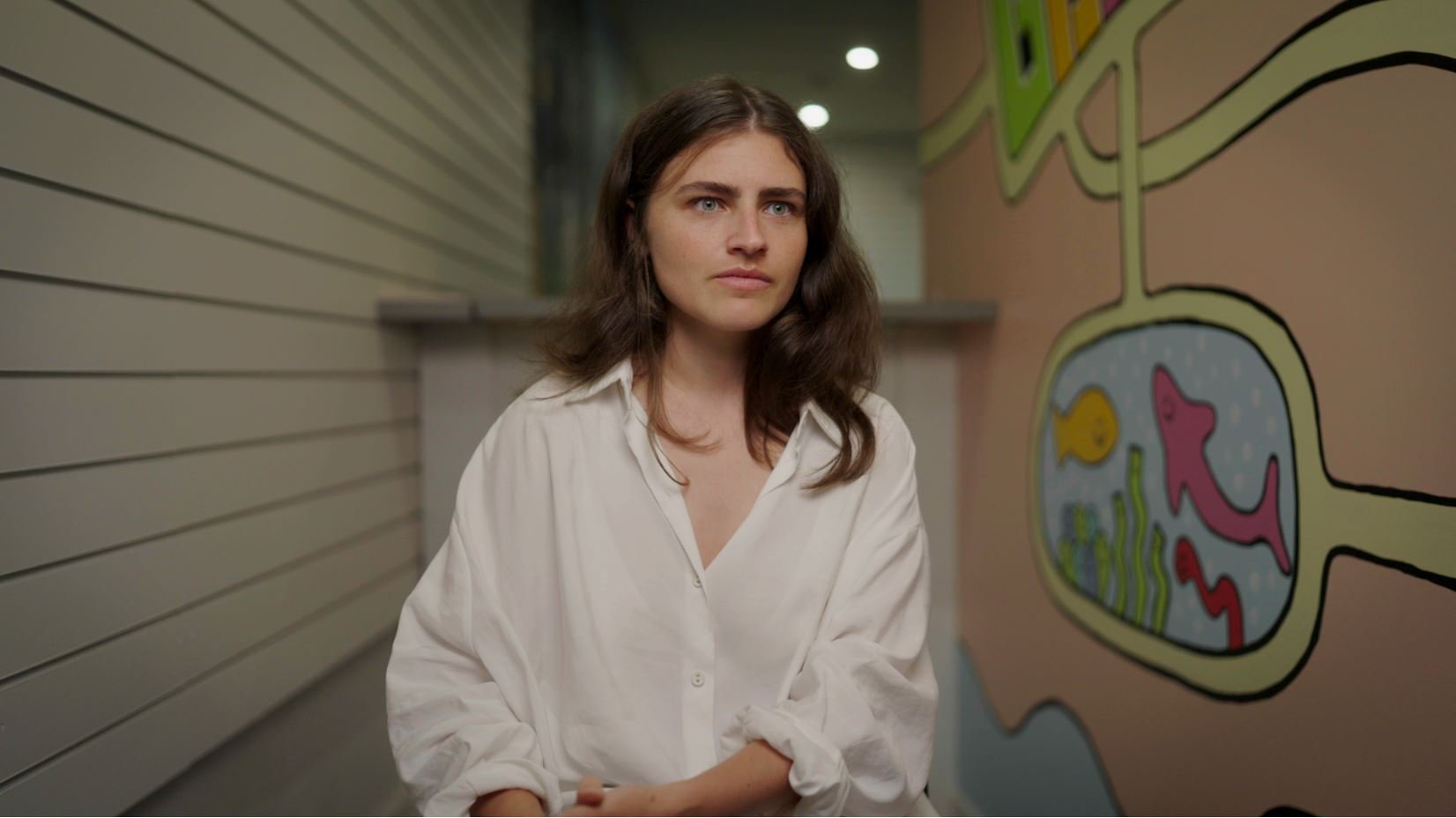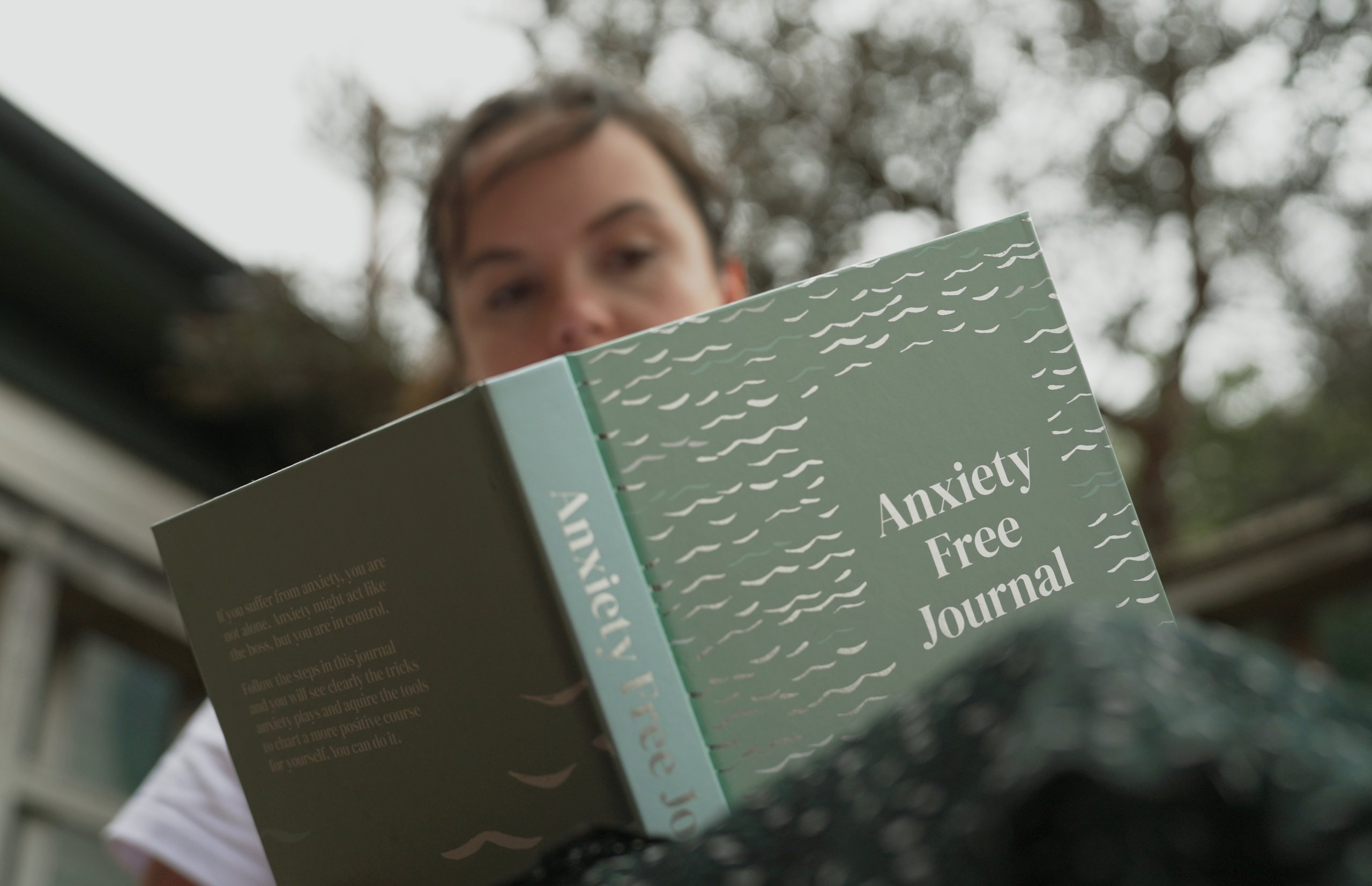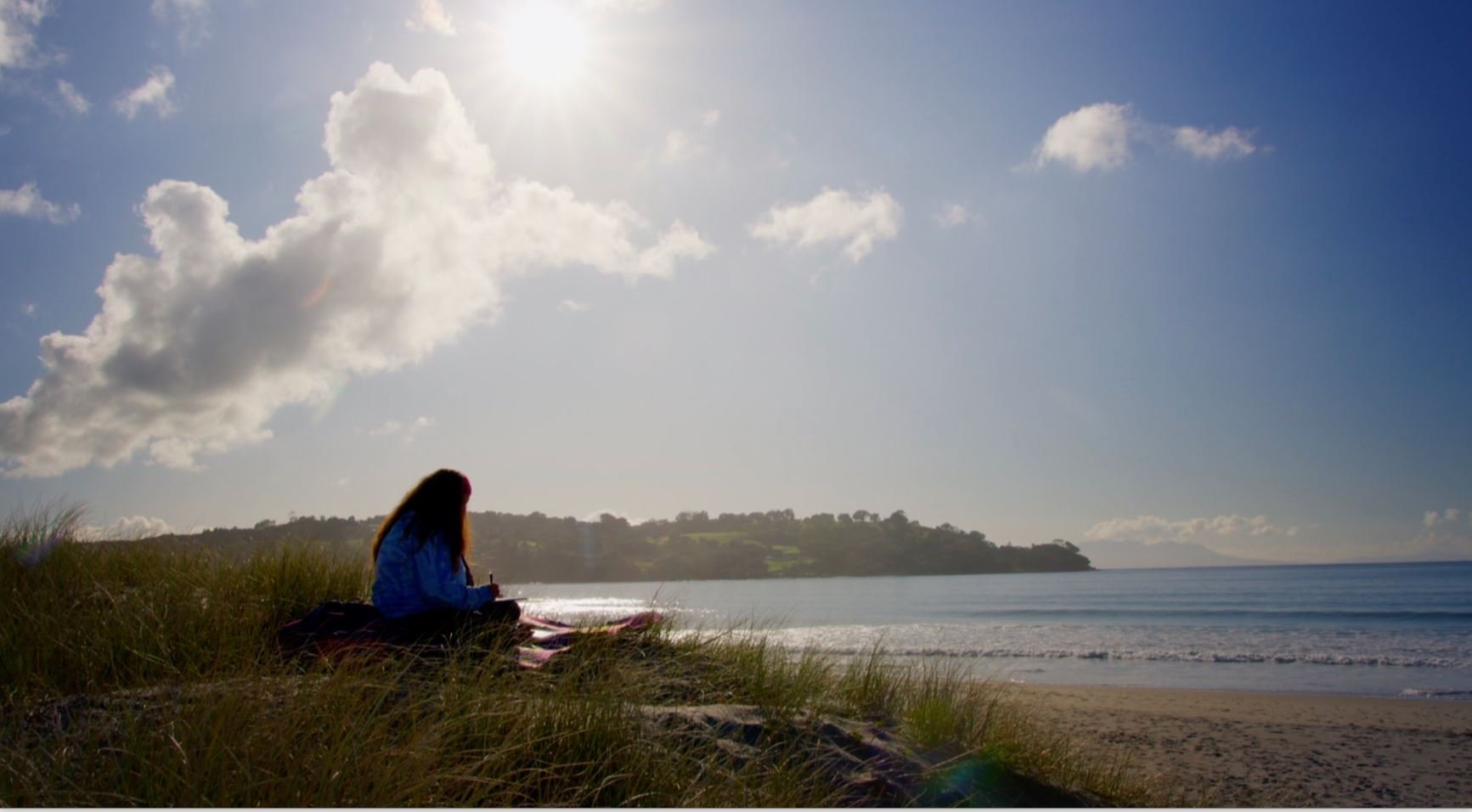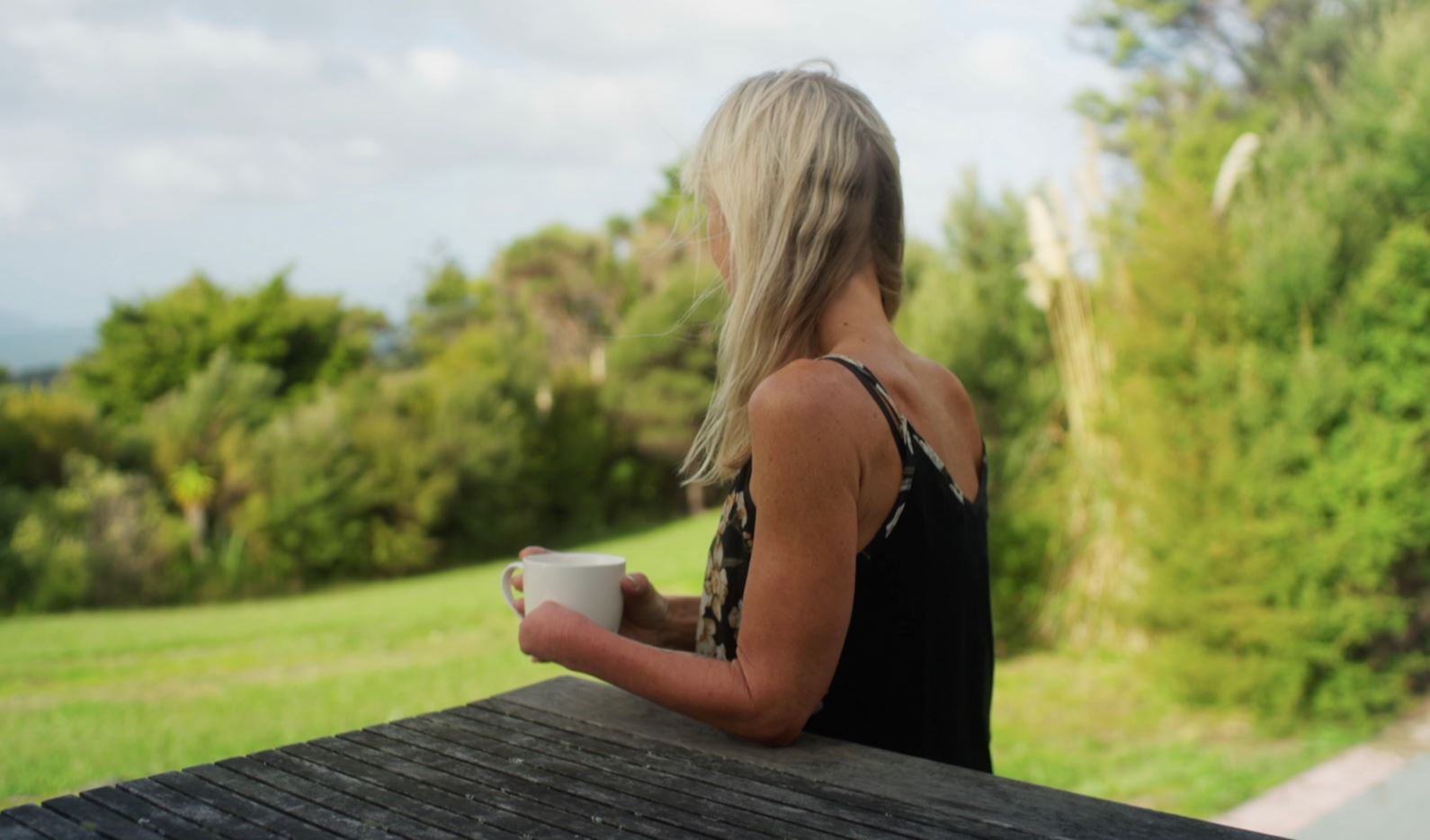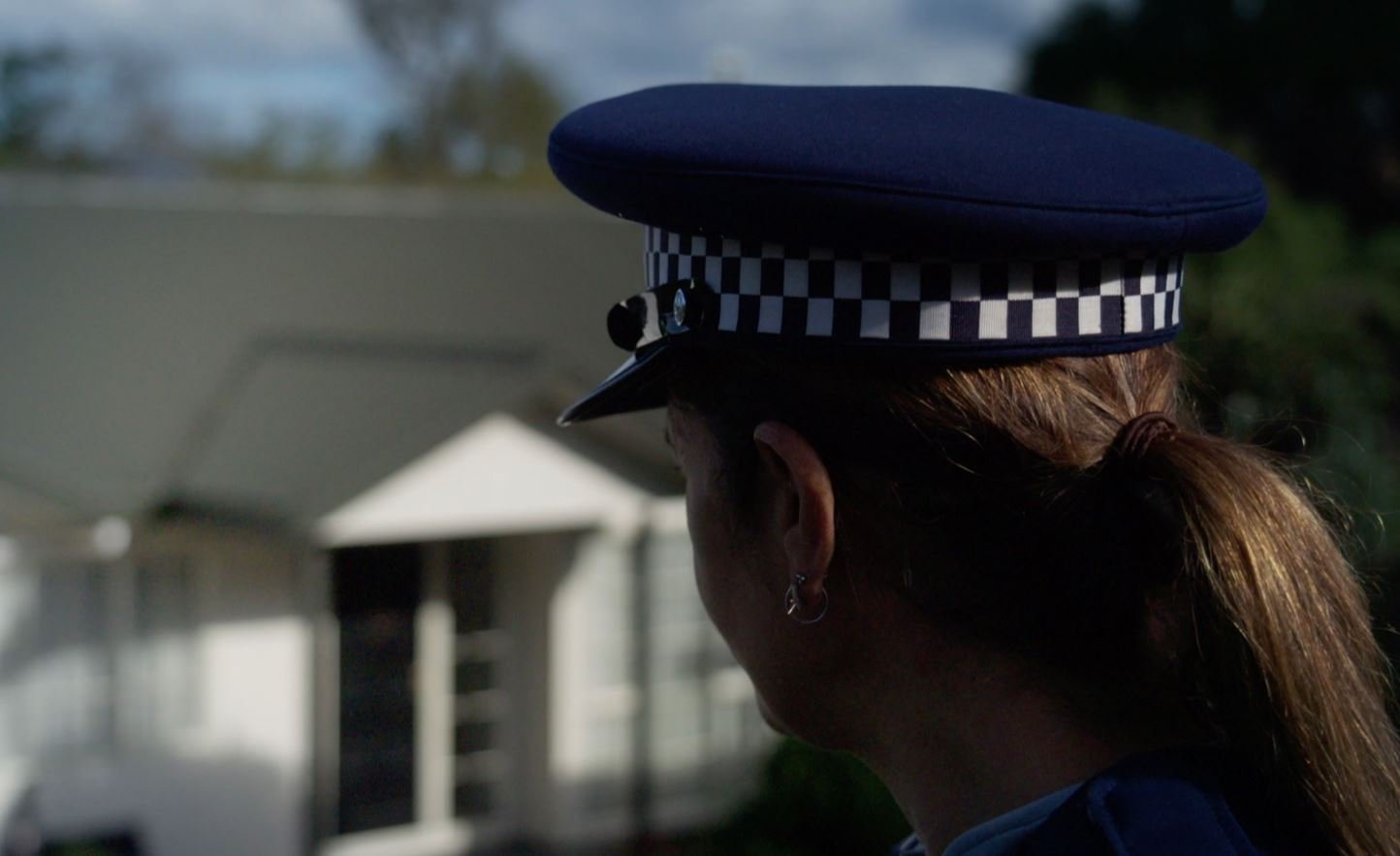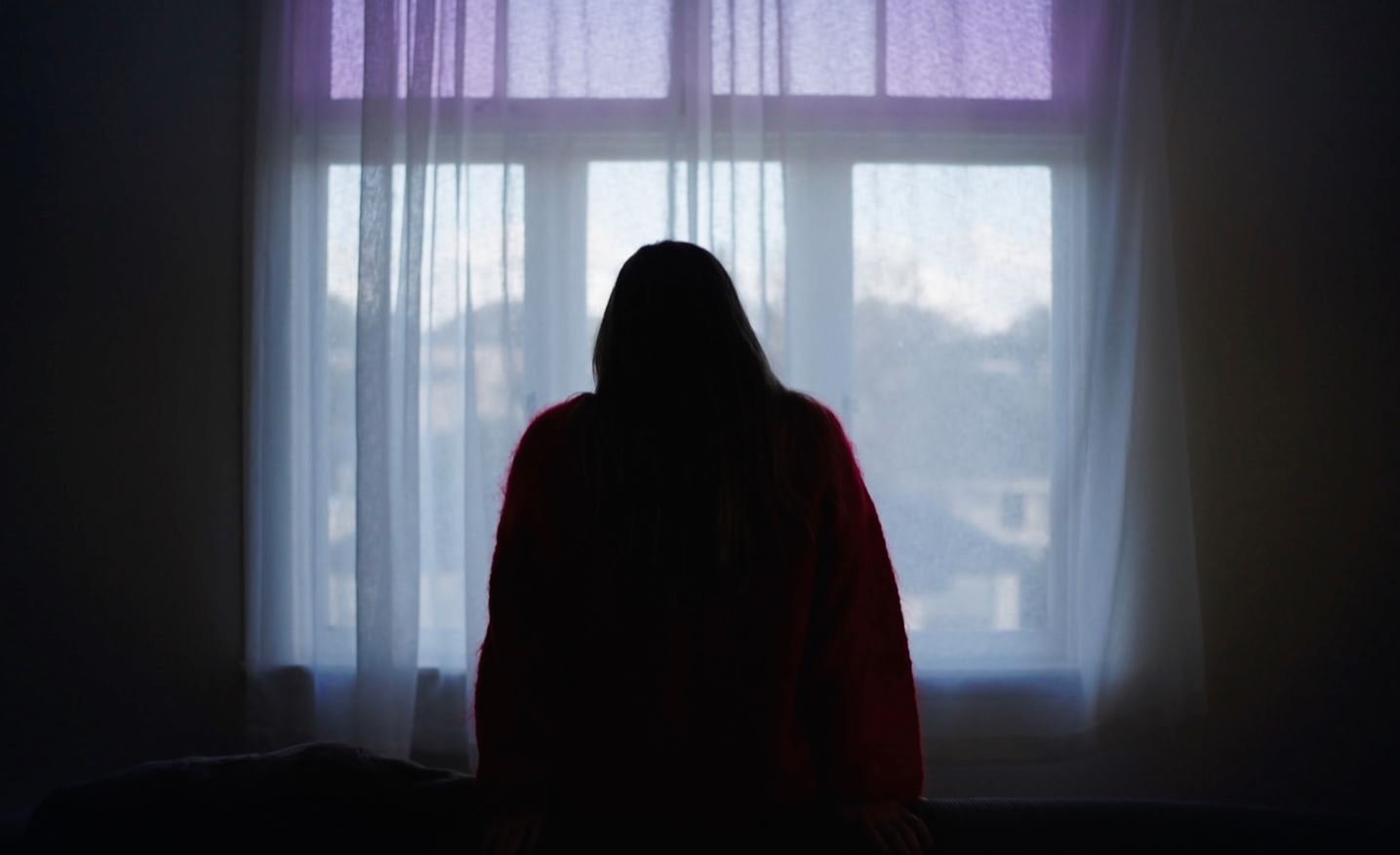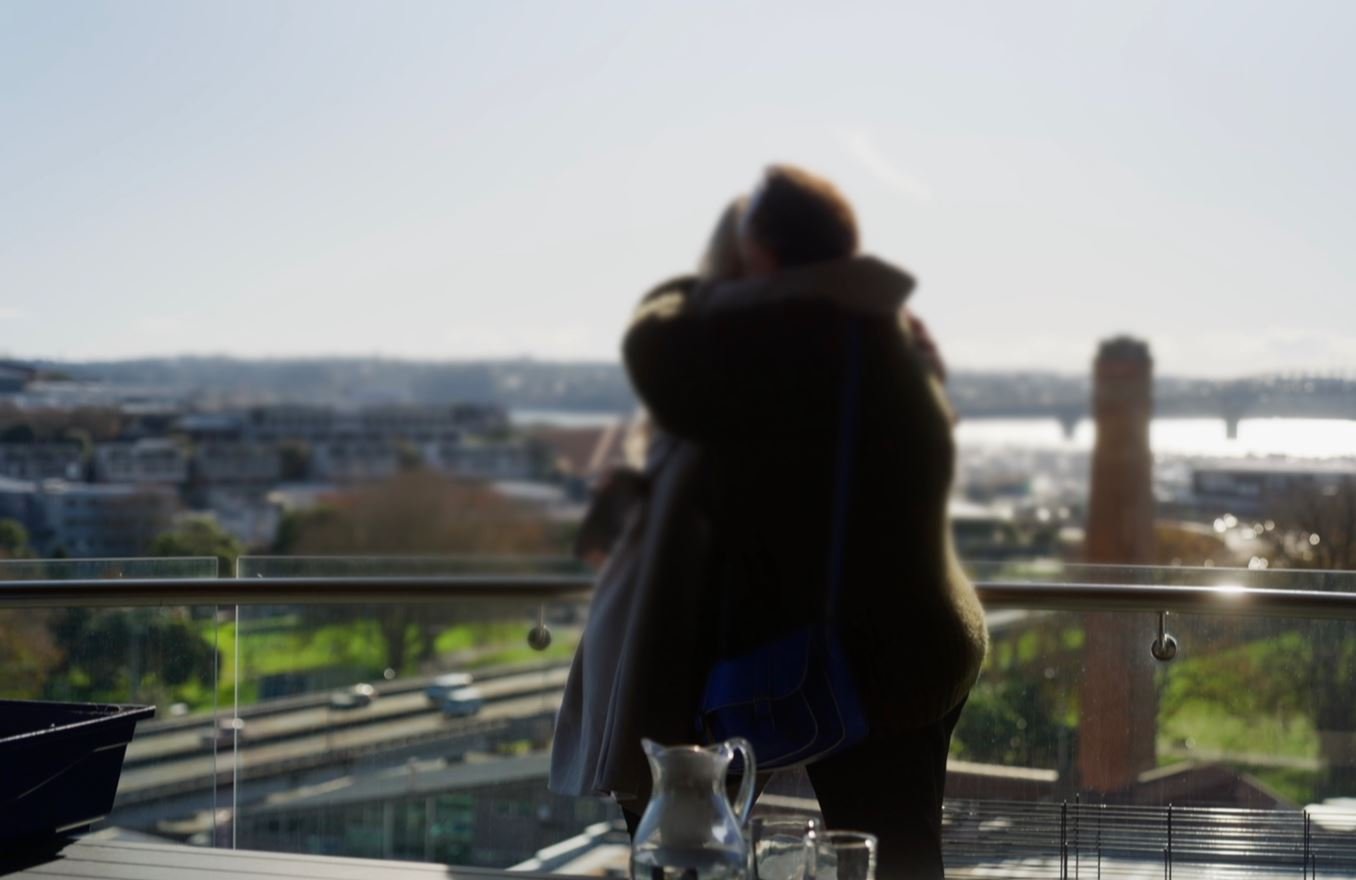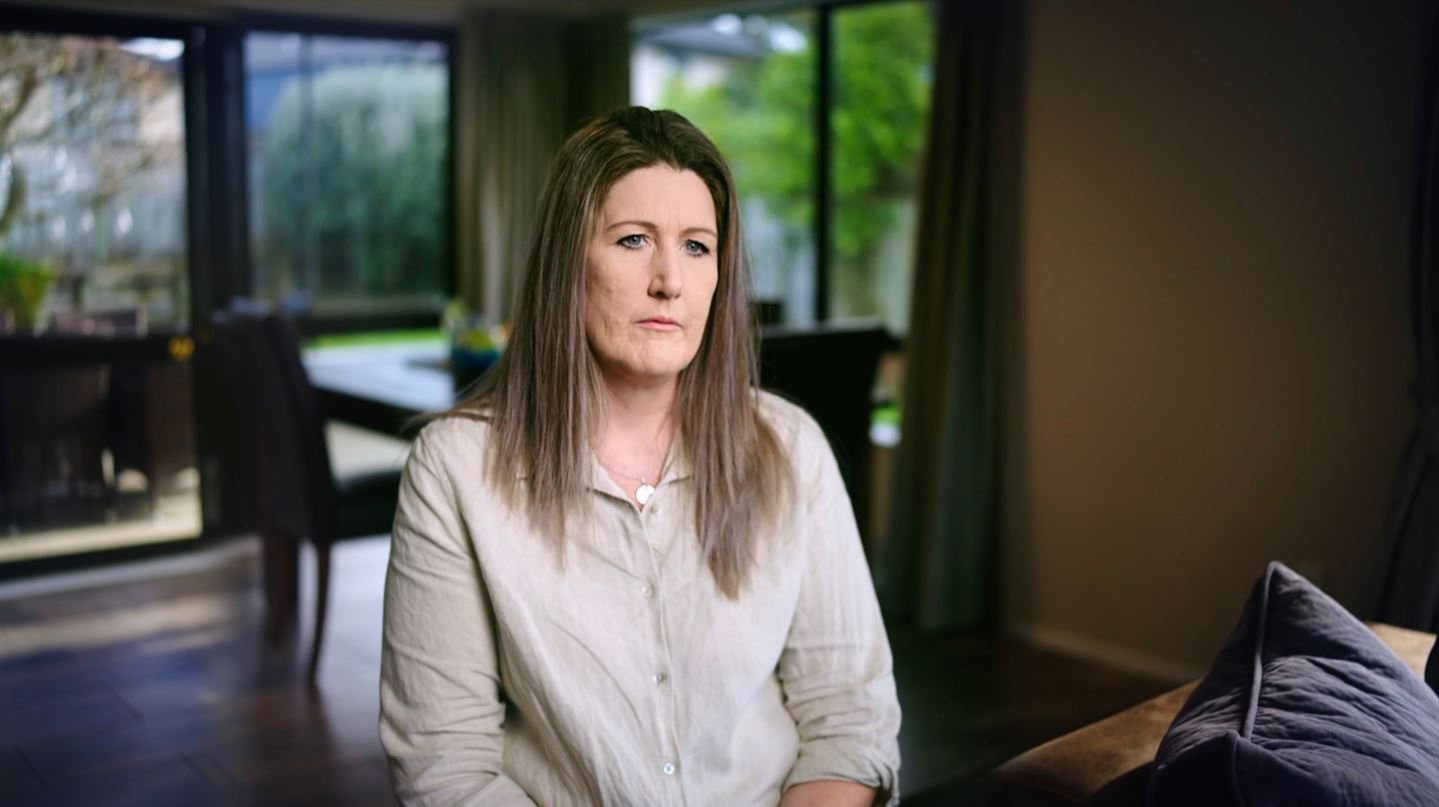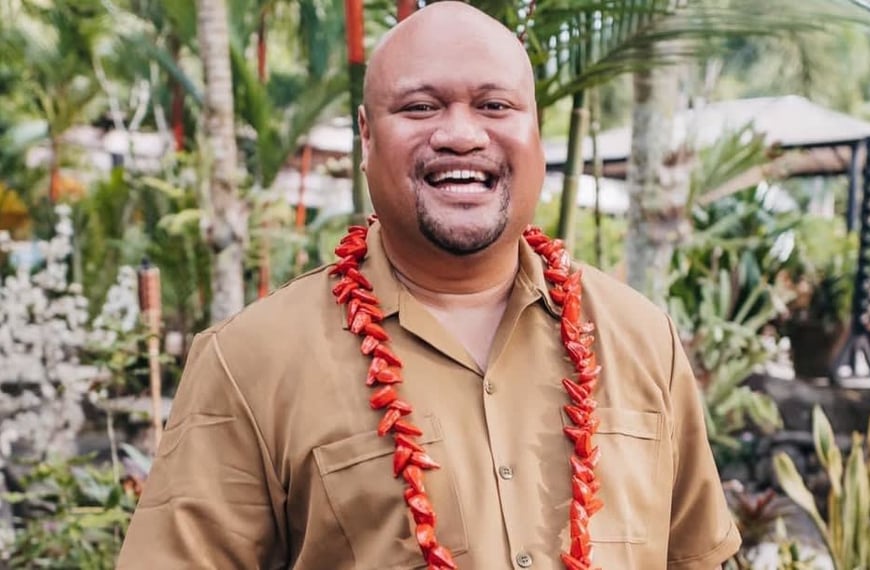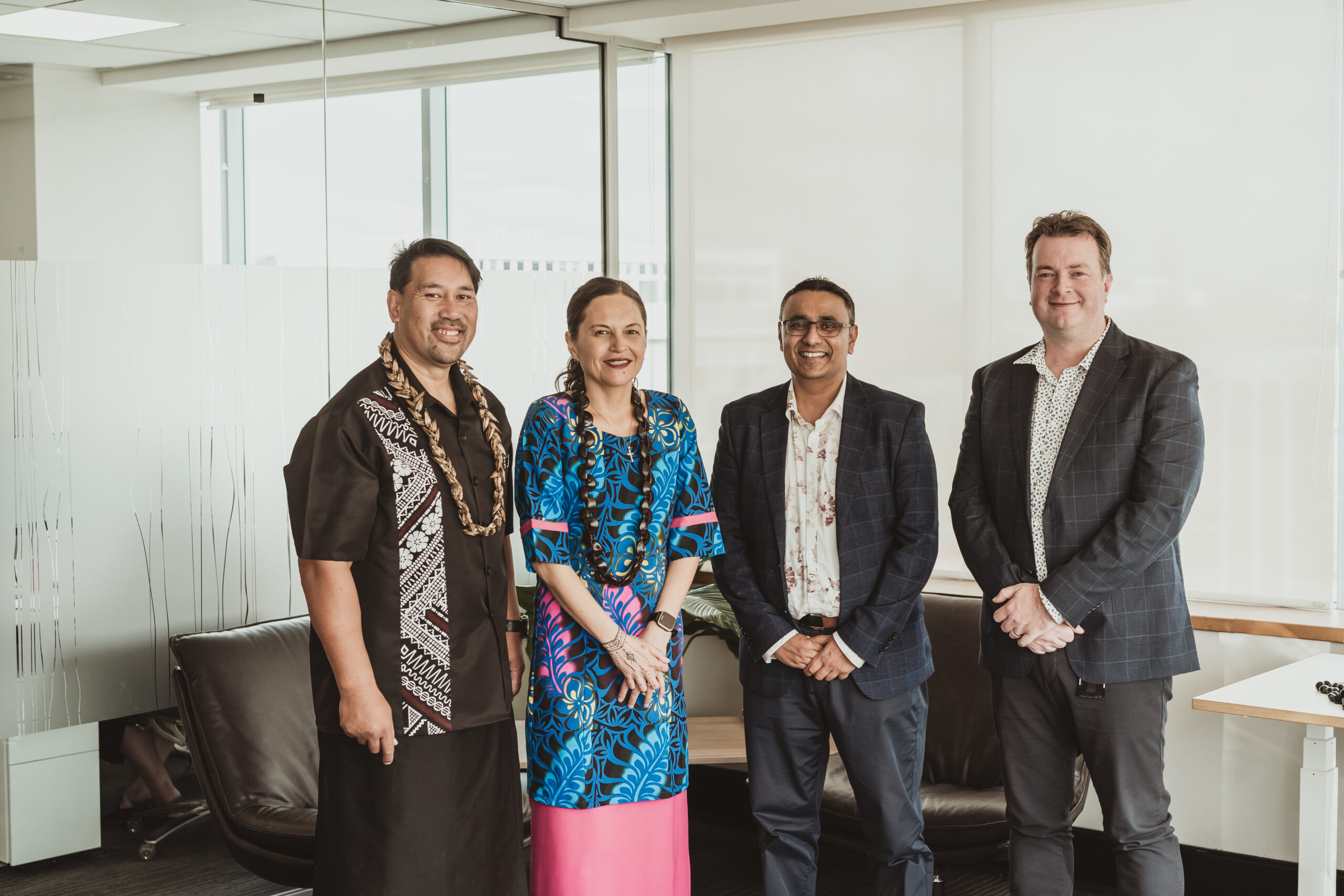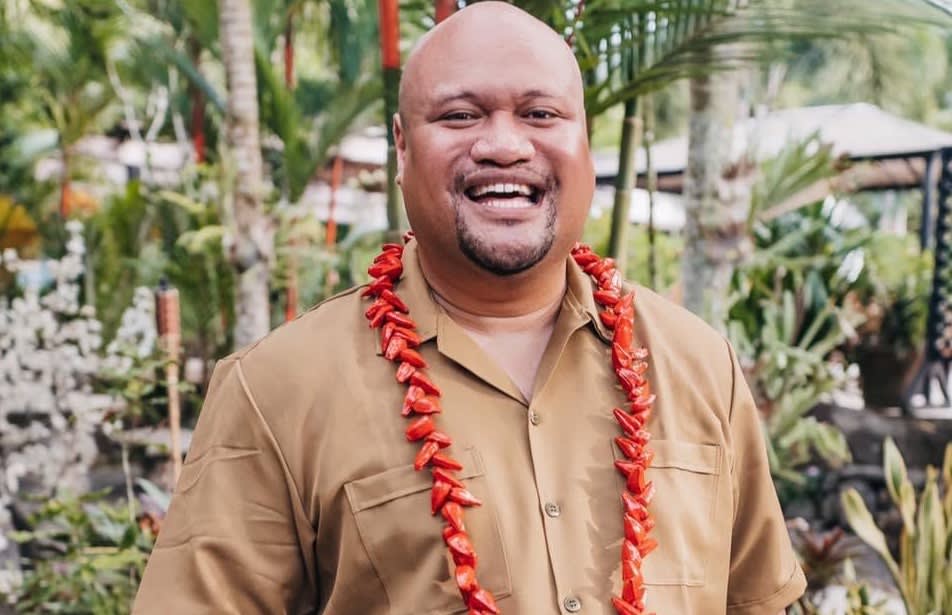Goldie Hamilton, Anxiety New Zealand Trust’s National Manager, says anxiety can manifest differently for different people.
“We have different names for the groupings of different ways that it shows up,” she says. “A really common one is Social Anxiety Disorder. Those who have social anxiety disorder tend to have a fear that they’re going to do something that’s going to be humiliating and that people are going to judge them and criticise them.”
Another common form of anxiety is Generalised Anxiety Disorder.
“It involves persistent and excessive worries about everyday things like work, health, finances and relationships,” says Clinical Psychologist Dr Eve Hermansson-Webb. “It’s often accompanied by physical sensations like fatigue, muscle tension, and shortness of breath.”
Obsessive Compulsive Disorder (OCD), where people act out compulsions in a bid to alleviate recurring negative thoughts, is another manifestation of anxiety. There are many different types of OCD, from harm OCD (having intrusive and upsetting thoughts about harming others) to checking OCD (for example, compulsively needing to check that the stove is off).
“I do have OCD, and it is feral,” says TikTok star Leighton Clarke (AKA Uncle Tics). “It’s like a feral rash that doesn’t want to go away.”
Post-Traumatic Stress Disorder (PTSD) is another manifestation of anxiety. Clinical Psychologist Dr Epenesa Olo-Whaanga says PTSD can be triggered by traumatic events.
“This is when they’ve feared for their life or there’s been significant harm, or they’ve witnessed an event where the threat has been to someone else’s life,” she says. “If it happened in a certain location they might avoid that location, they may have dreams about it, and they may also relive that experience as if it’s happening in the moment.”
Agoraphobia is another form of anxiety – as musician Mike Chunn well knows. After ten years of suffering debilitating panic attacks, he was flicking through a magazine when he came across an article about phobic disorders.
“There was one called agoraphobia. It said ‘agoraphobia is the irrational fear you have of not being able to return to where you feel safe’. I thought ‘that’s me’,” Chunn says. “Every time I had a panic attack, all I wanted to do was sprint back to where I lived.”
Panic attacks can be so intense that people can feel as though they’re dying.
“Panic attacks involve heart palpitations, shortness of breath, sweating and trembling,” says Hermansson-Webb. “The person often tries to exit the situation that triggers the anxiety or the panic as quickly as possible.”
The fear of having a panic attack can cause people to shrink their lives, says Hamilton.
“Because these panic attacks often come out of nowhere, people become quite worried about what will happen when the next one arrives. Sometimes they start pulling back from things that they enjoy doing because they’re worried that a panic attack will catch them unawares.”
But the experts say it’s important to try to keep going to new places, meeting new people, and doing new things for the first time. Learning techniques such as diaphragmatic breathing may also help in managing panic attacks.
Misconceptions
Unravelling Anxiety follows the first Misconceptions series by Digital Alchemist, The Truth About Miscarriage.
Where to get help
If you think you may be experiencing anxiety, you can ask your GP or a counsellor for advice. You can also reach out to the following organisations:
- National Anxiety 24-hour Helpline
0800 269 4389
0800 ANXIETY Helpline | Anxiety NZ - Lifeline Aotearoa
0800 543 354 (0800 LIFELINE) or free text 4357 (HELP) (available 24/7)
www.lifeline.org.nz/services/lifeline-helpline - Suicide Crisis Helpline
0508 828 865 (0508 TAUTOKO) (available 24/7) - Youthline
0800 376 633
www.youthline.co.nz - Need to Talk?
Free call or text 1737 (available 24/7) - Kidsline
0800 543 754 (available 24/7)
www.kidsline.org.nz - Whatsup
0800 942 8787 (1pm to 11pm)
www.whatsup.co.nz - Depression Helpline
0800 111 757 or text 4202 - Eating Disorders Carer Support NZ
EDCS Eating Disorders Carer Support NZ | Facebook
